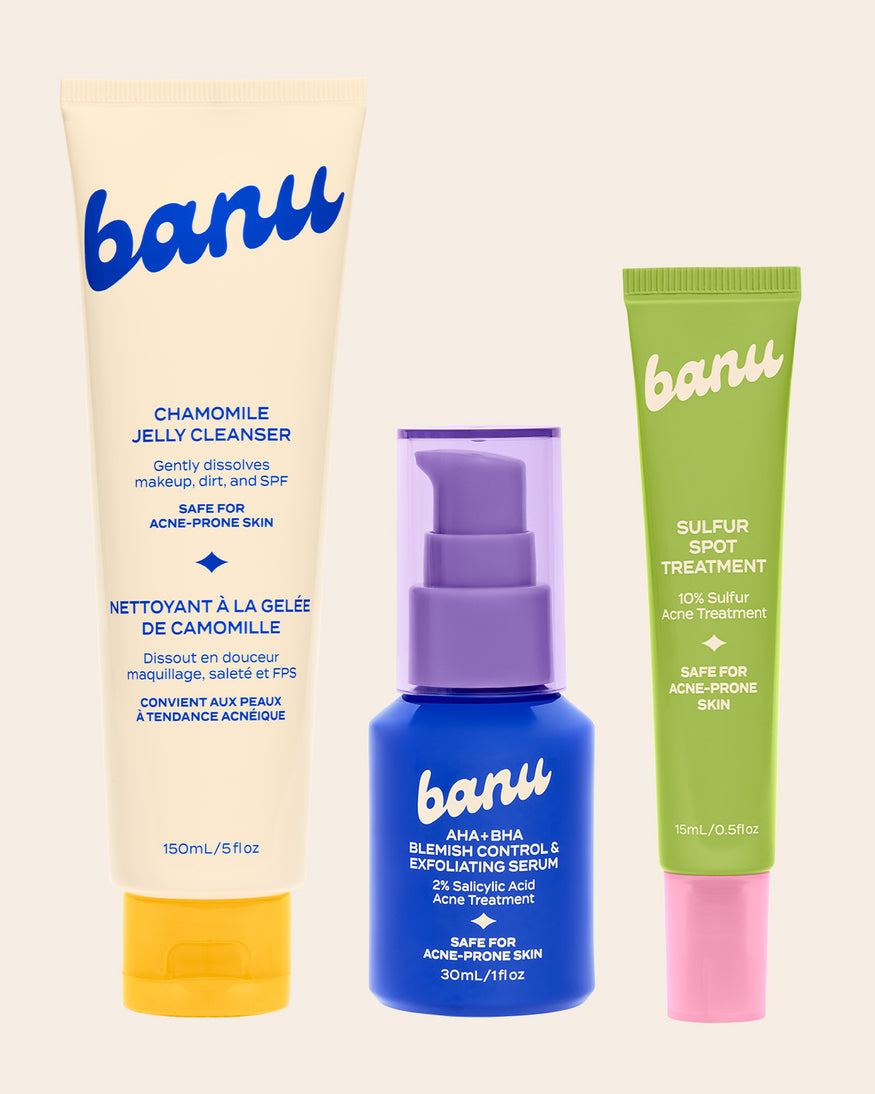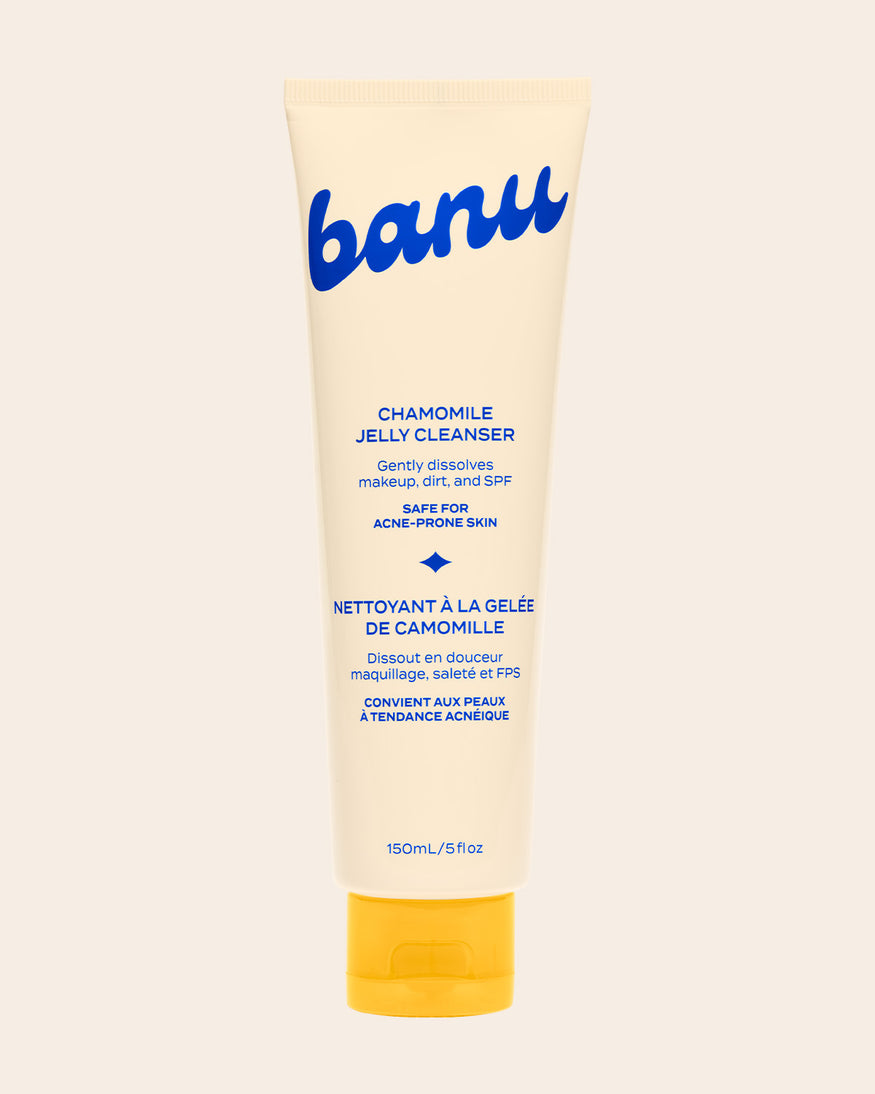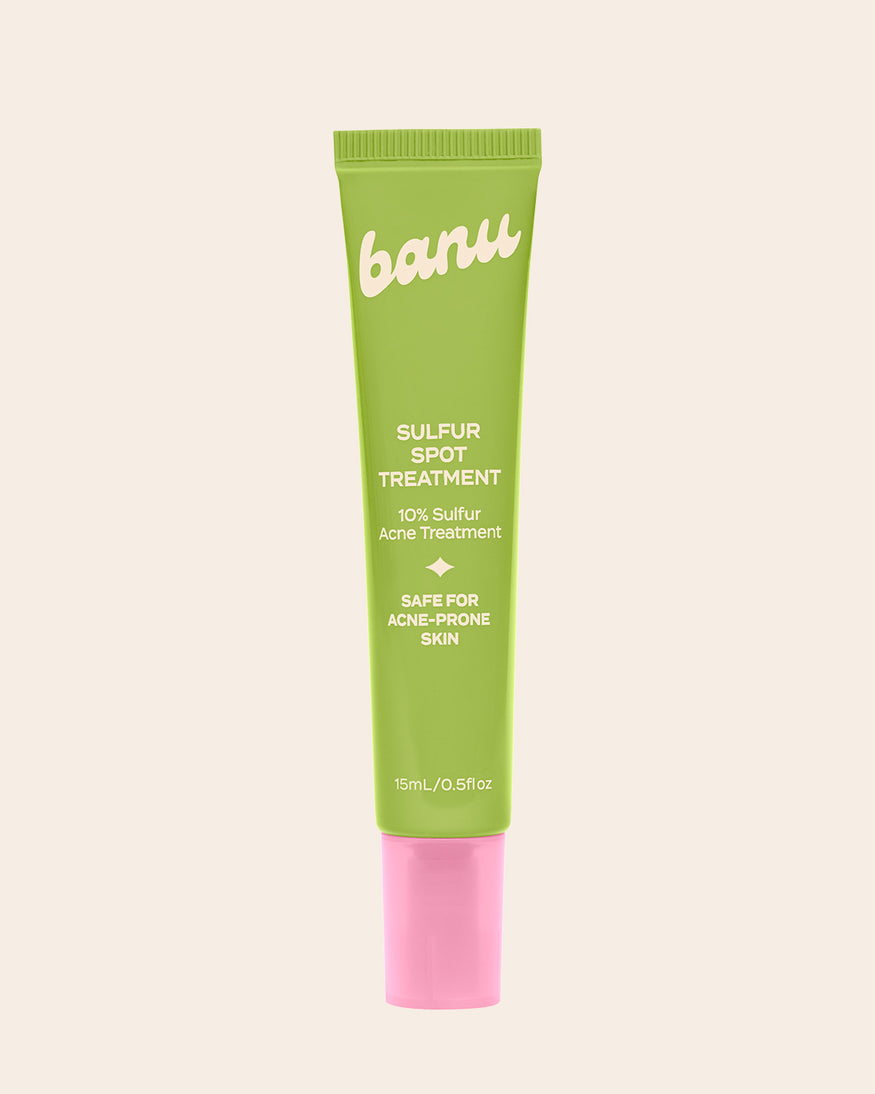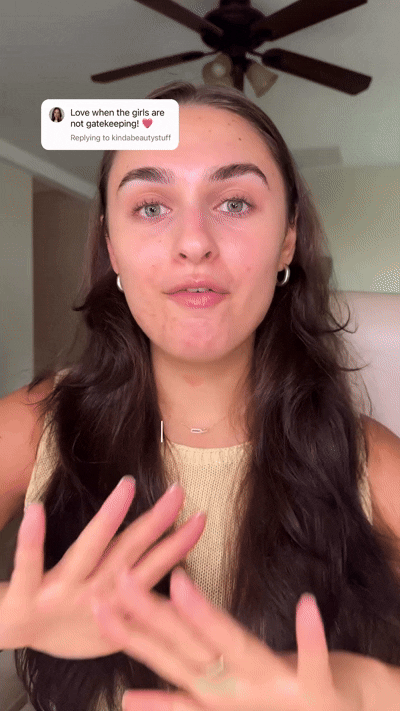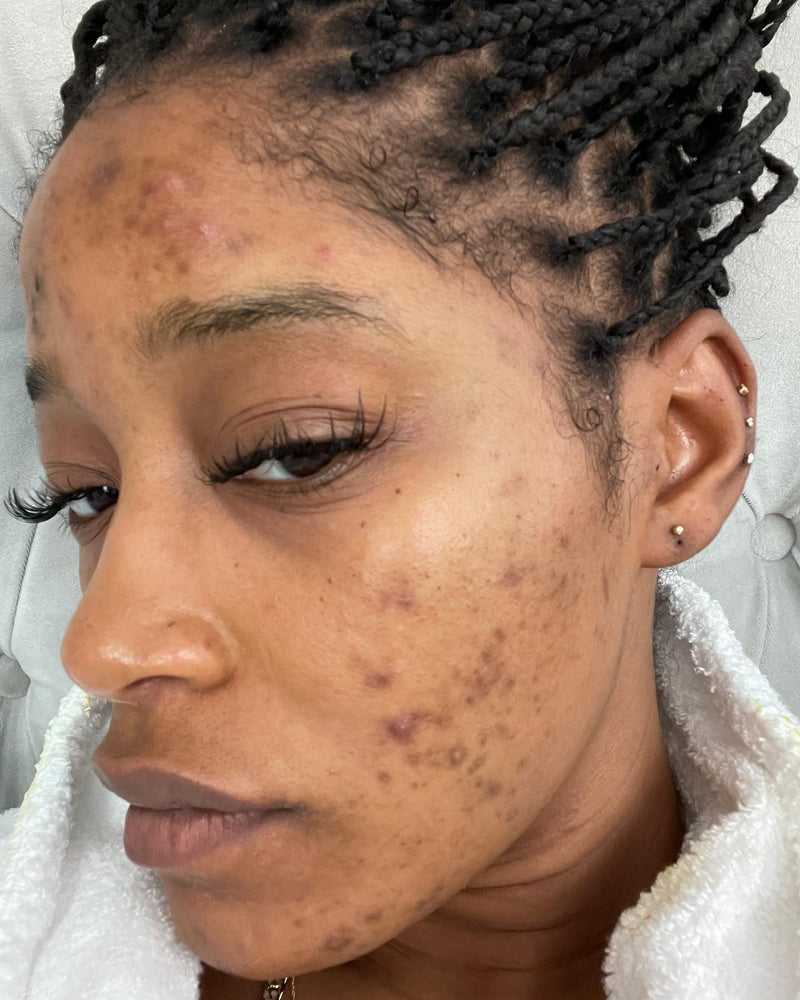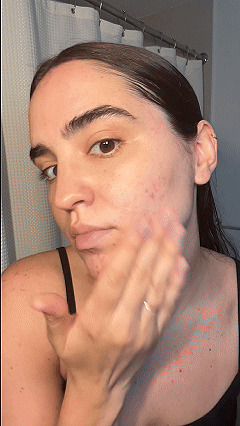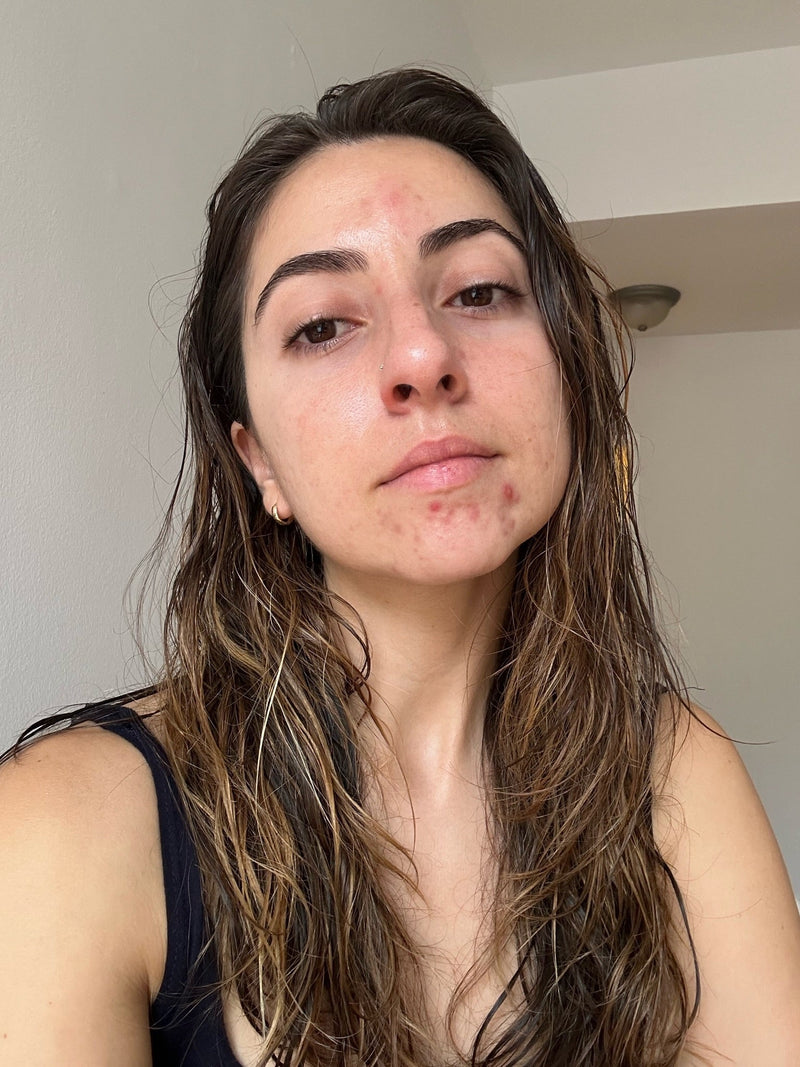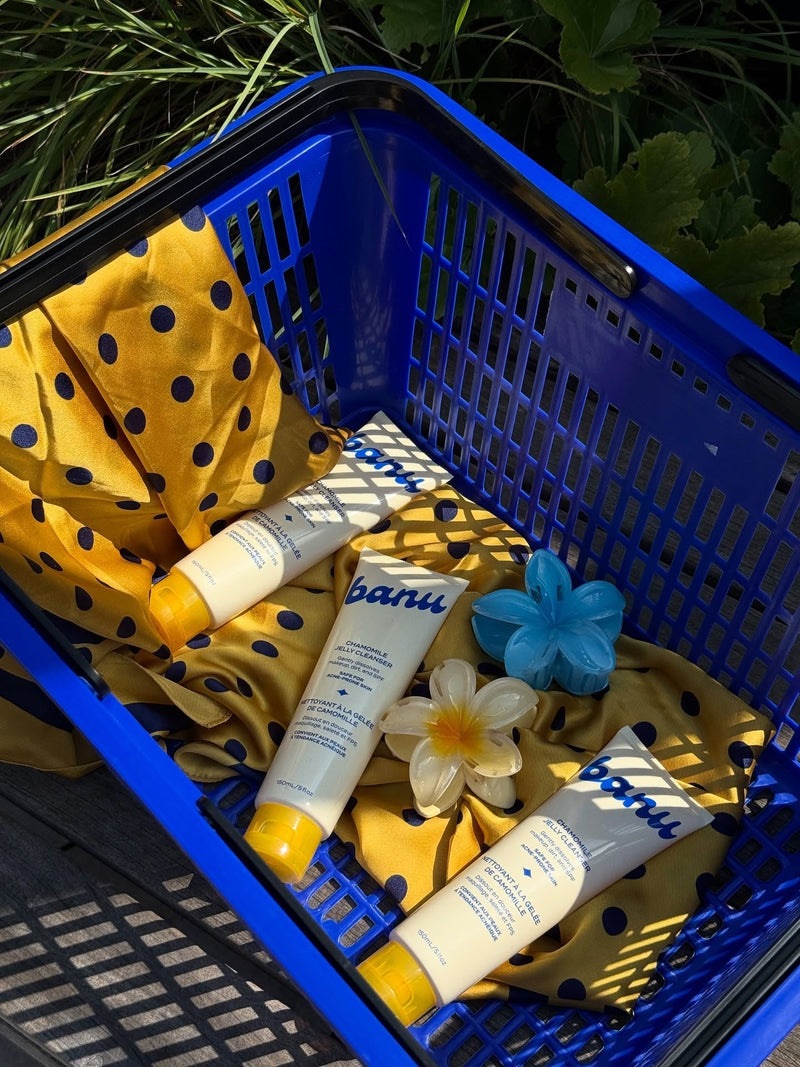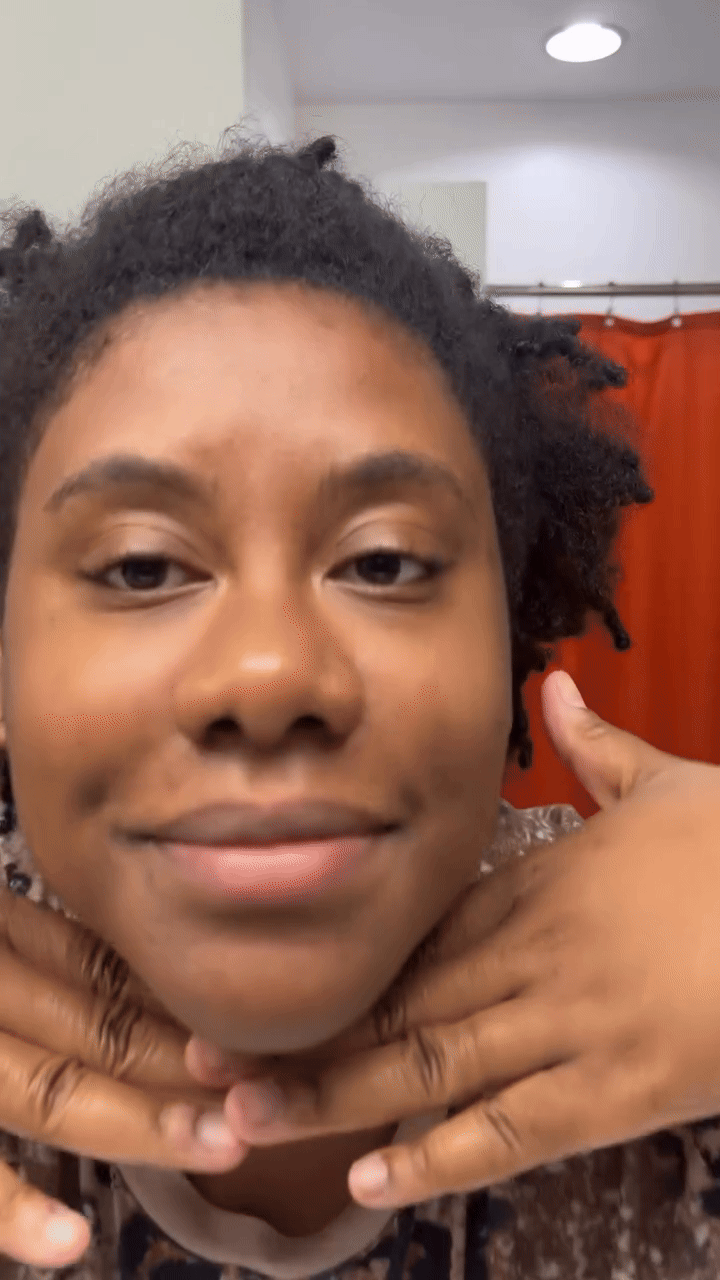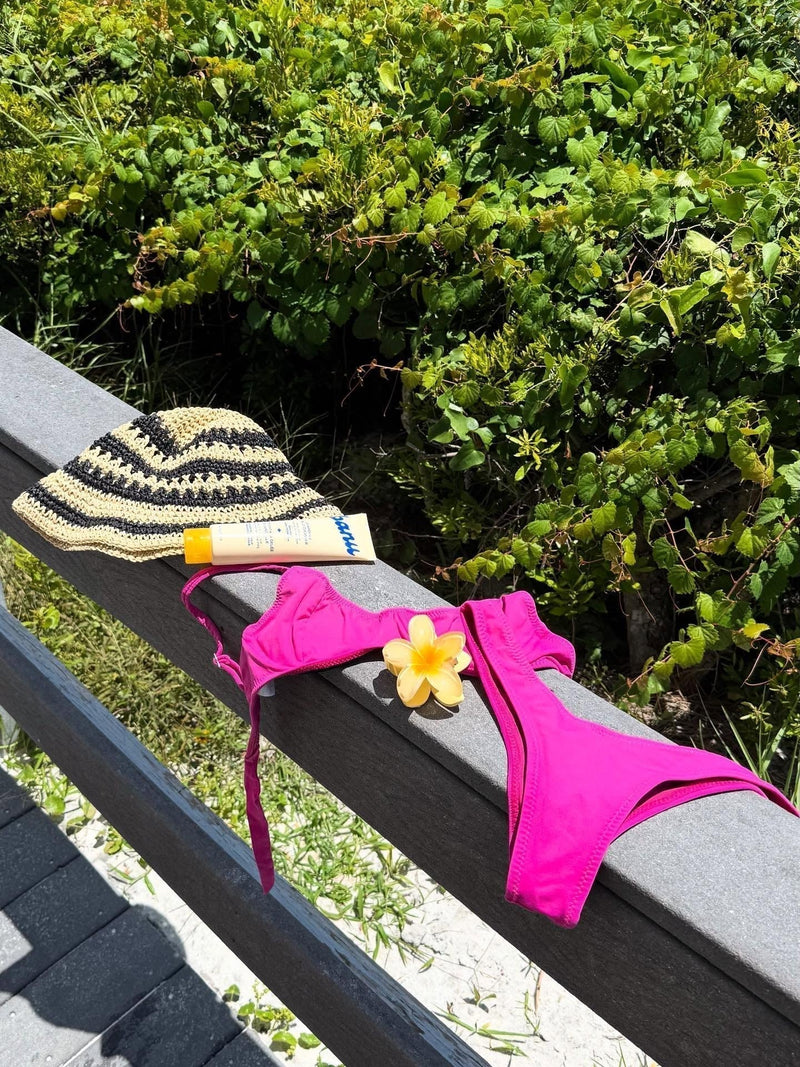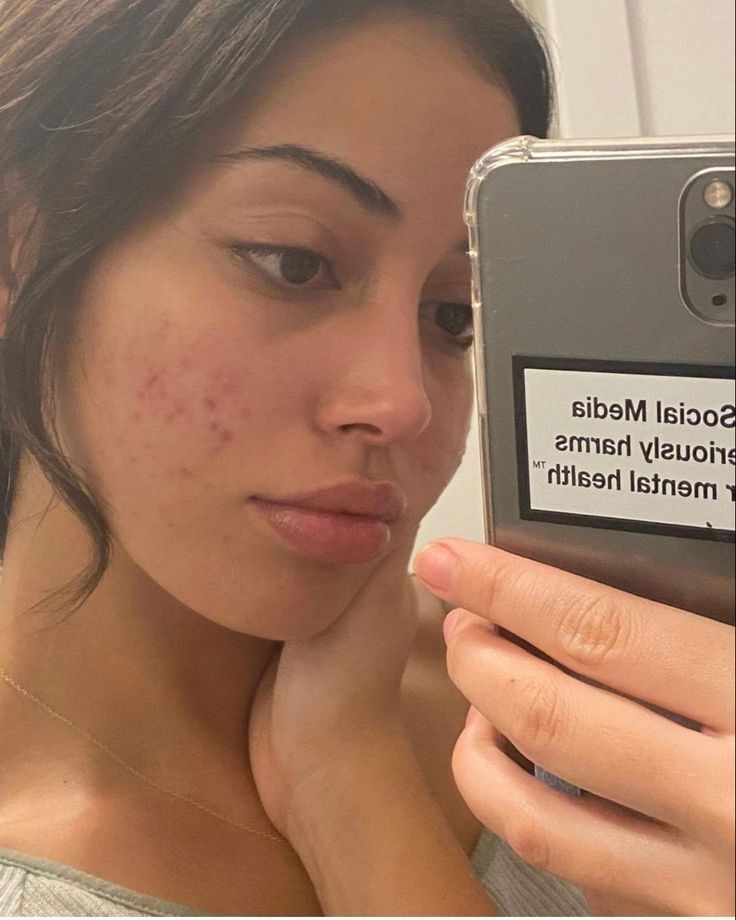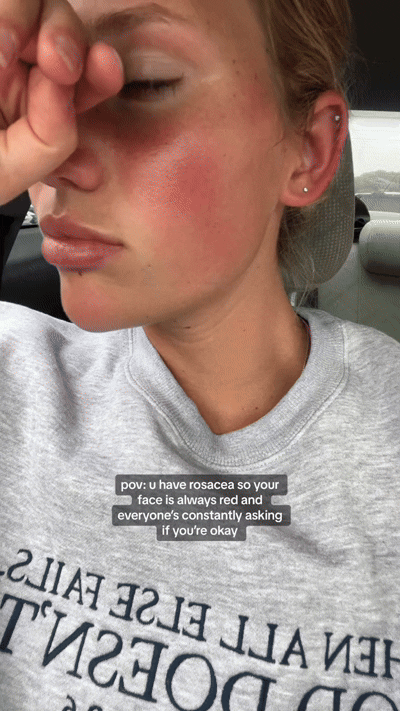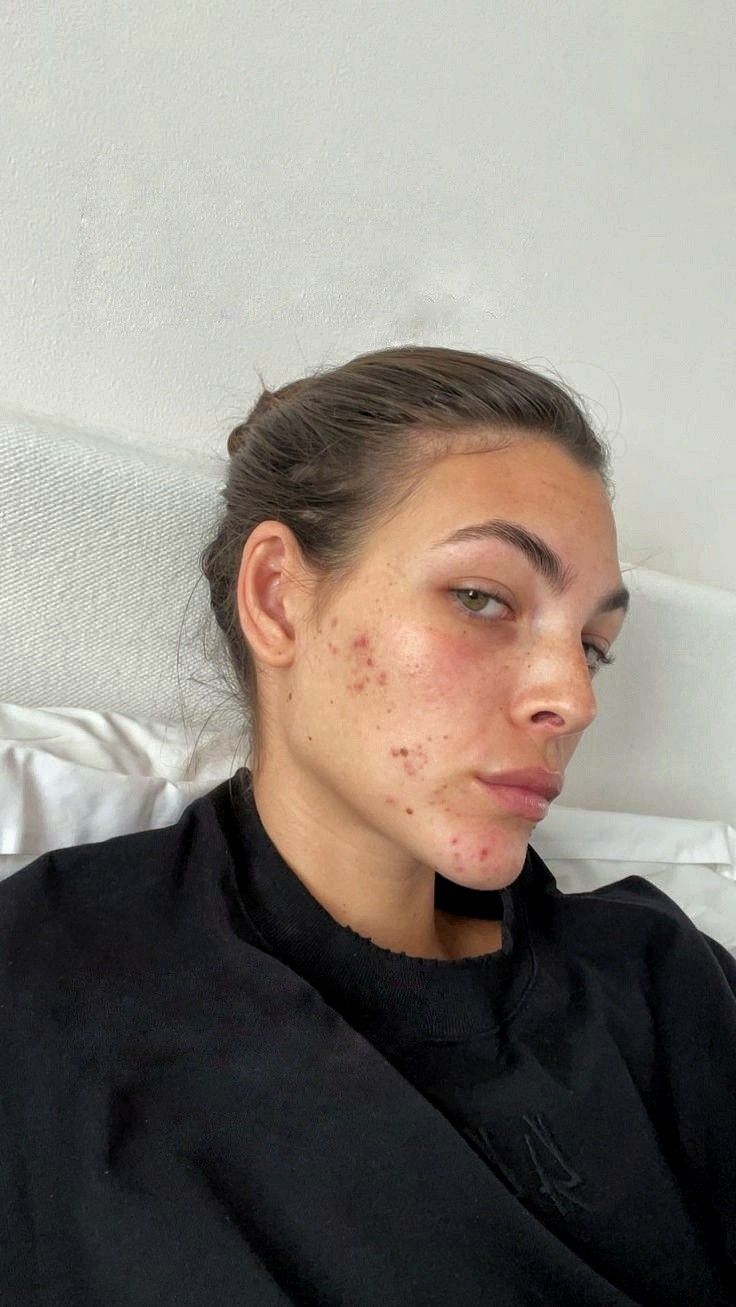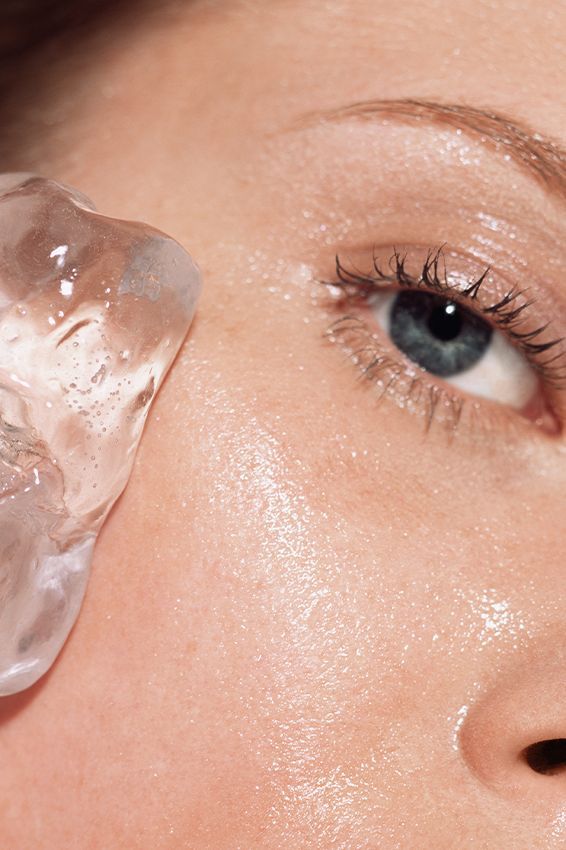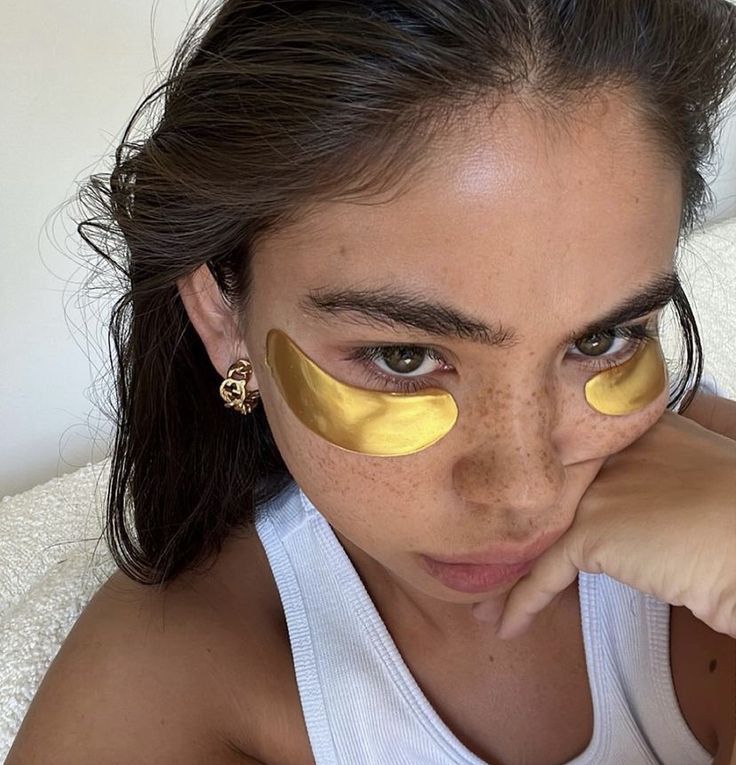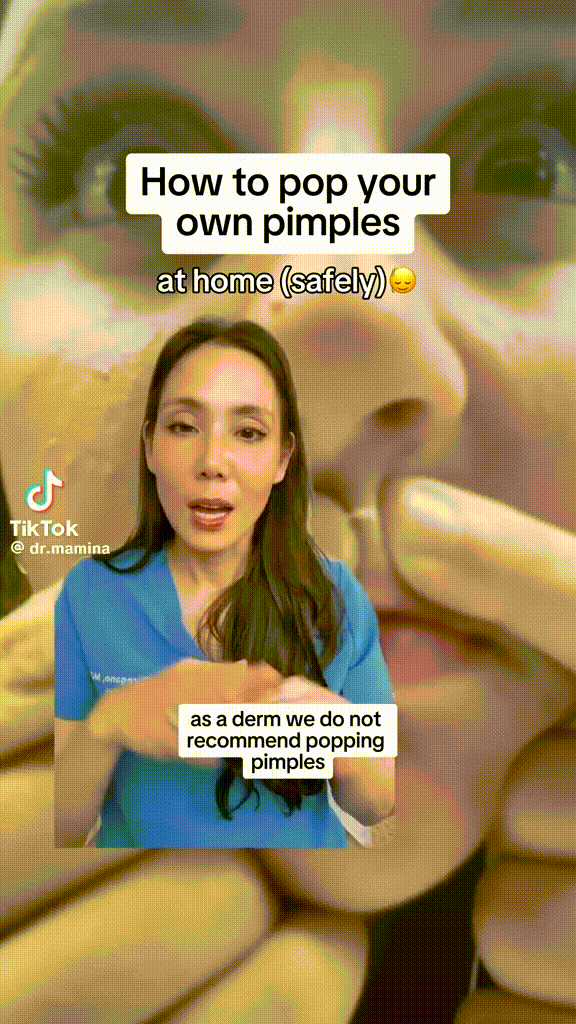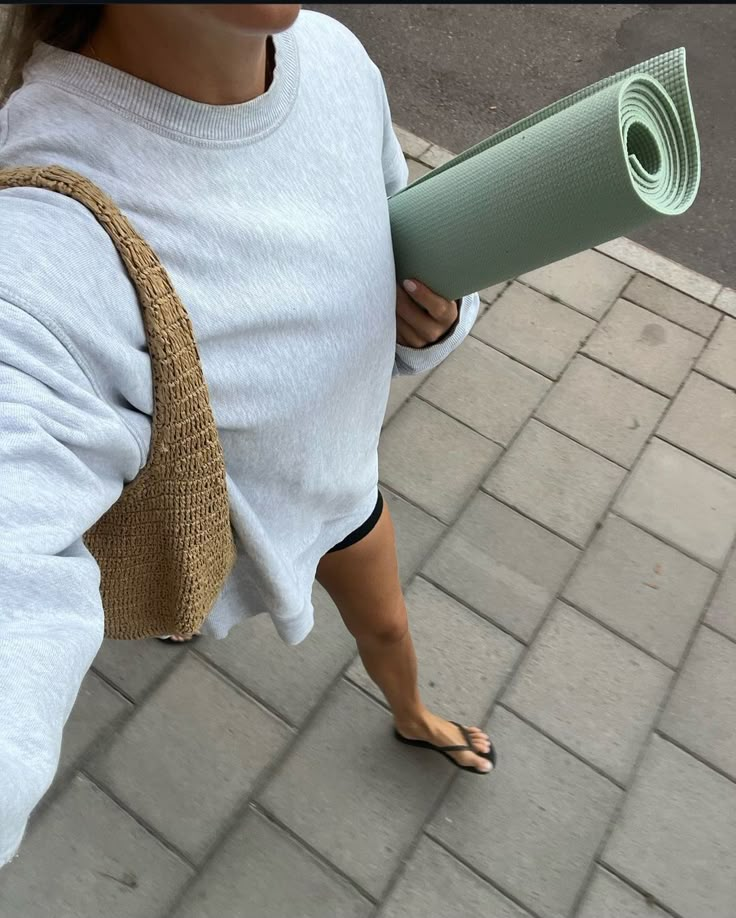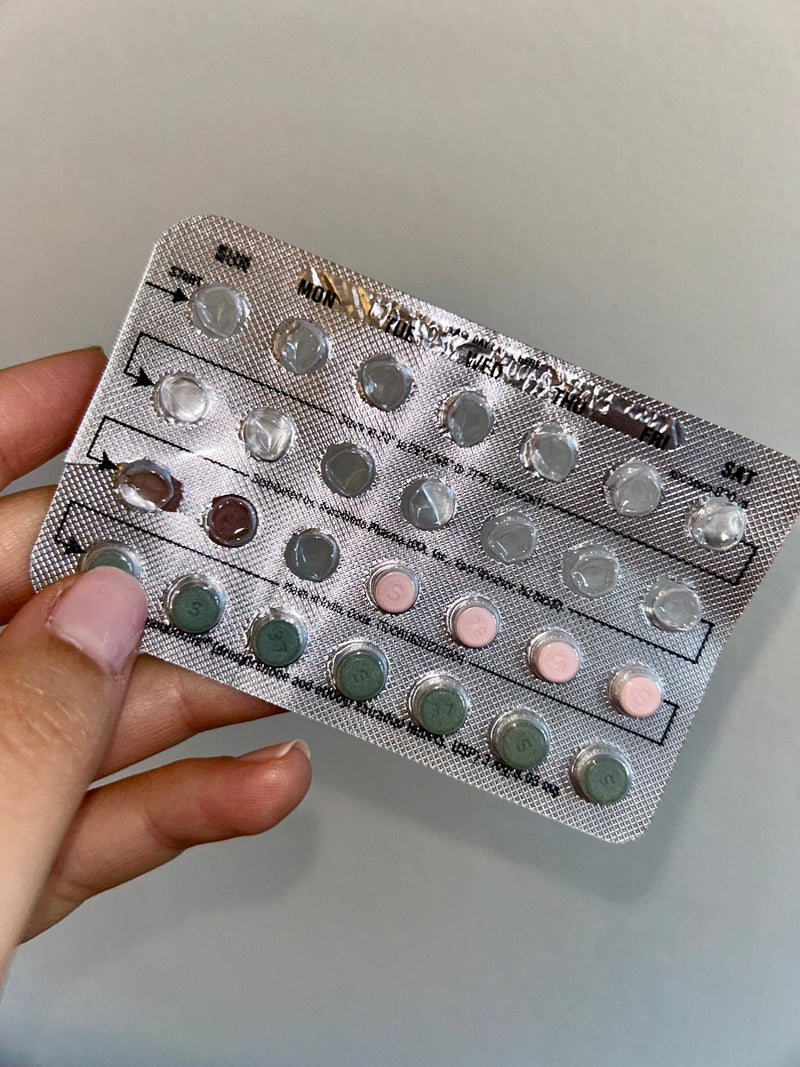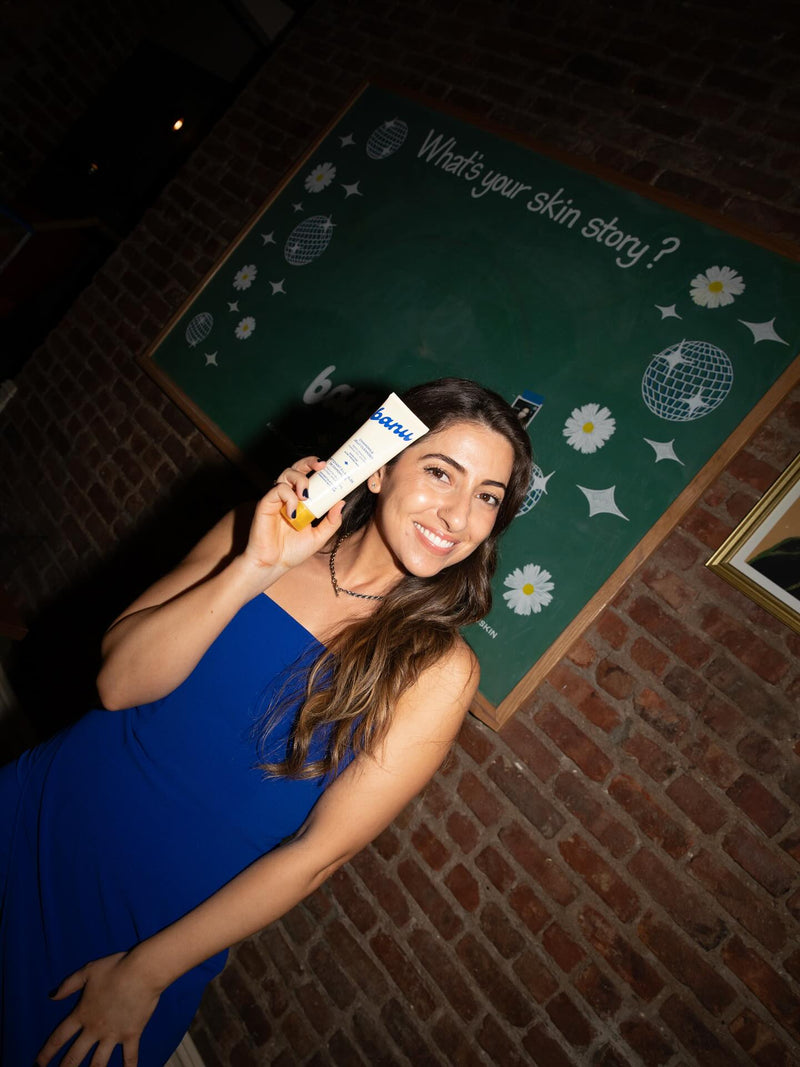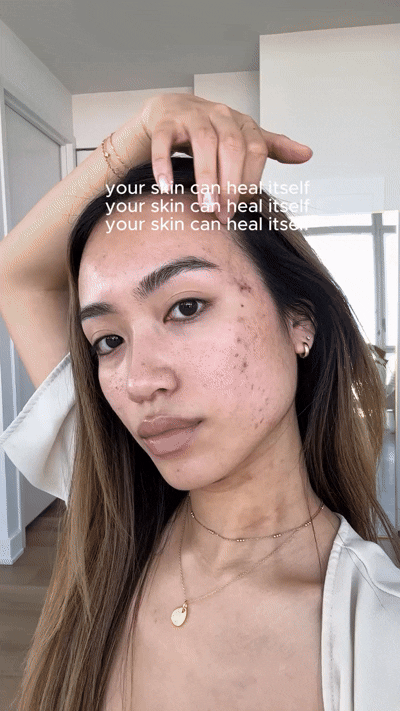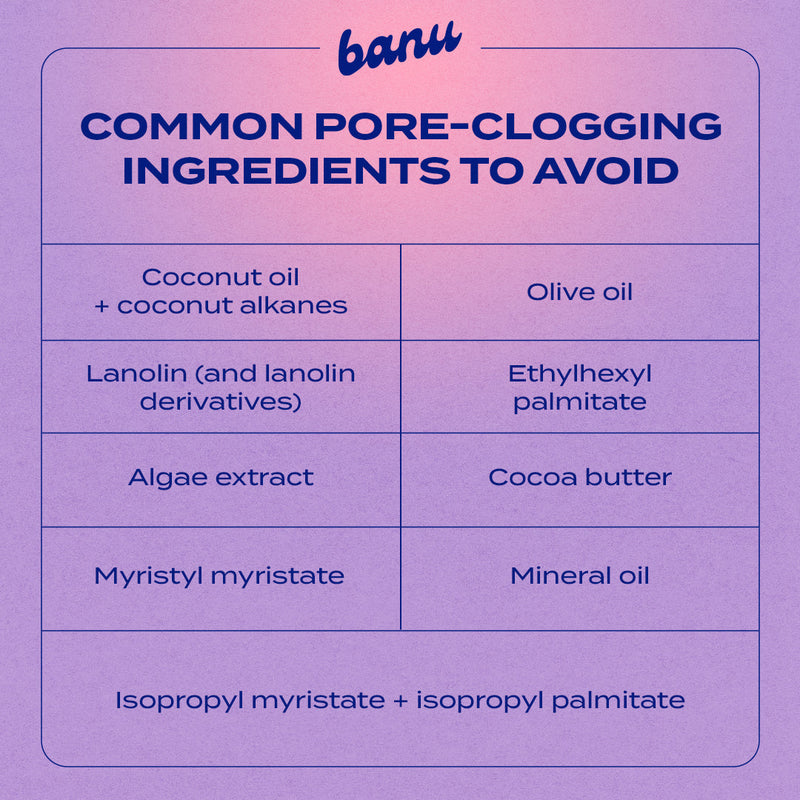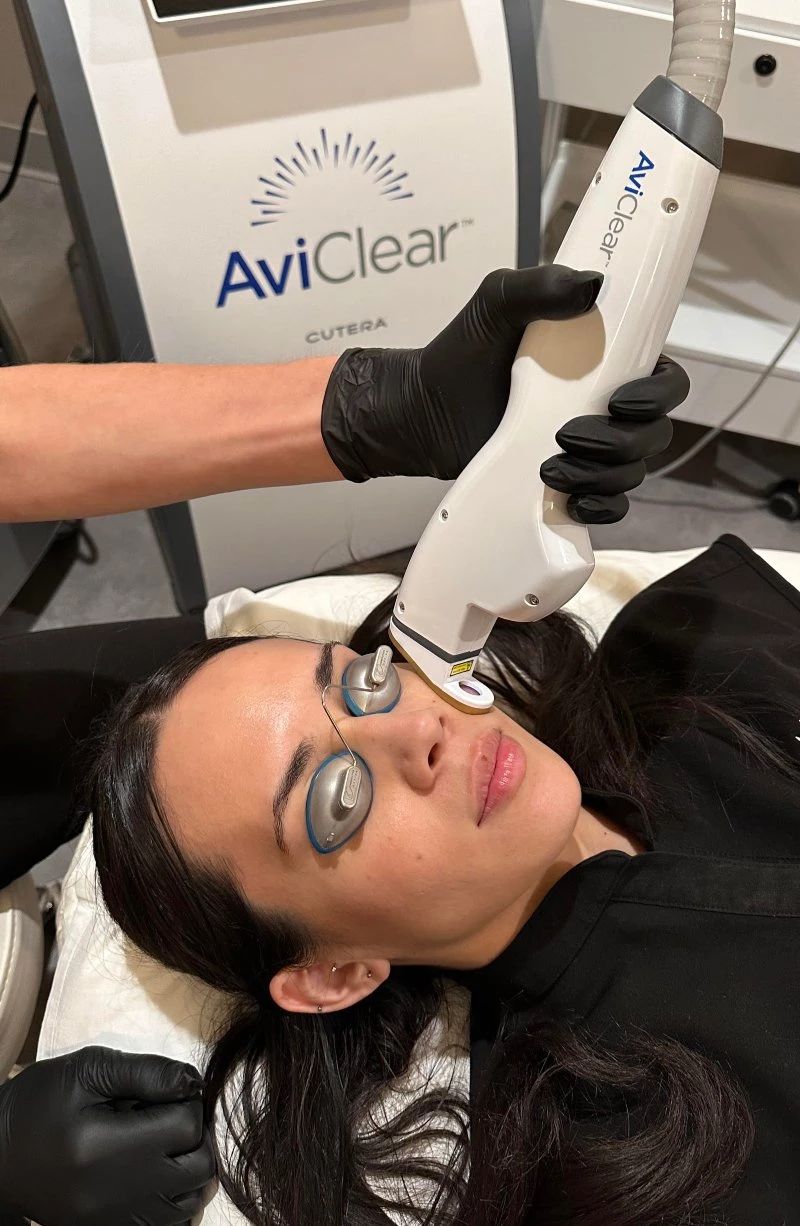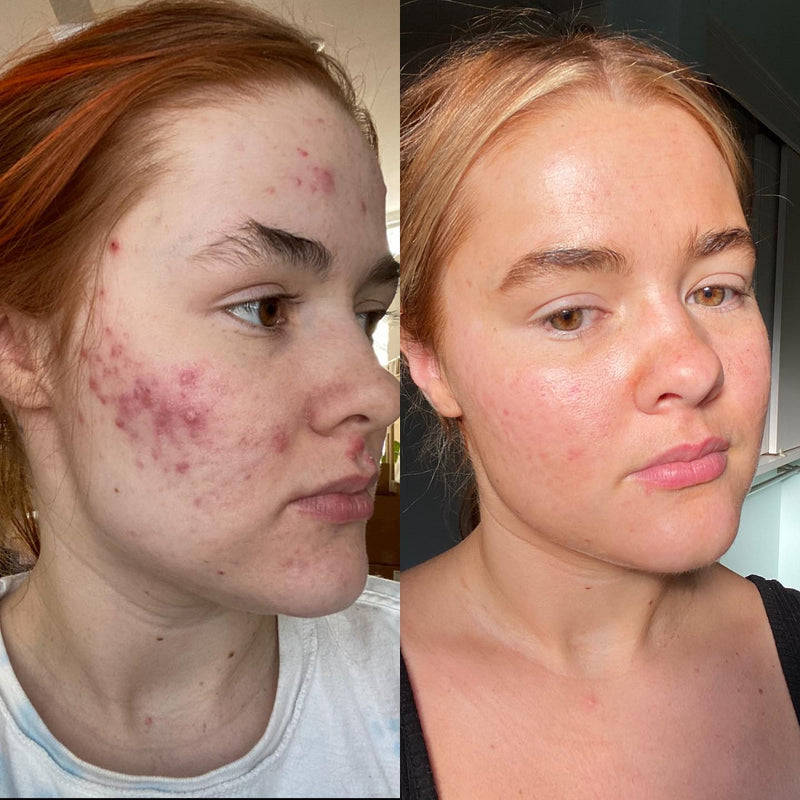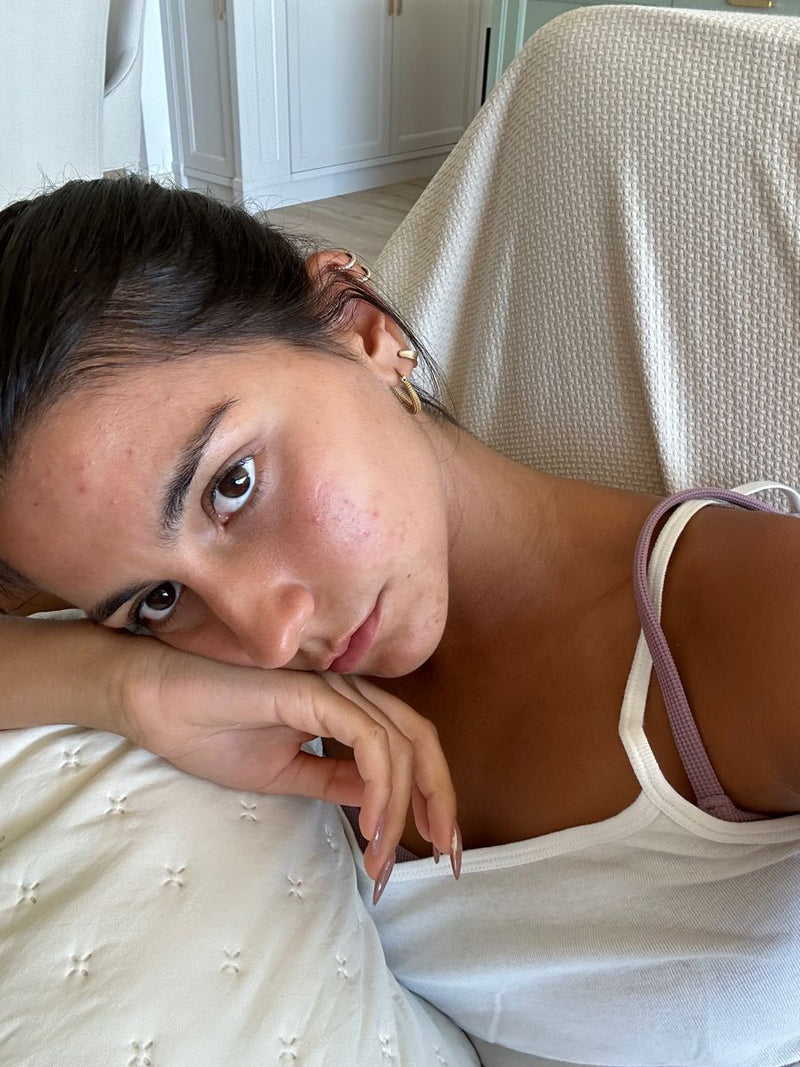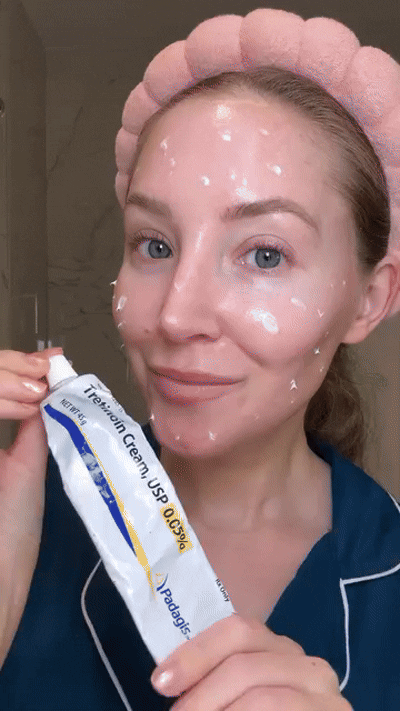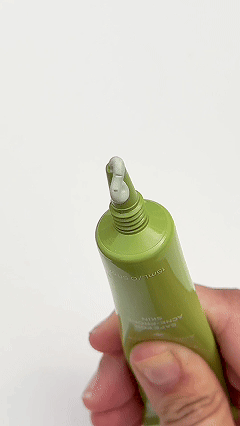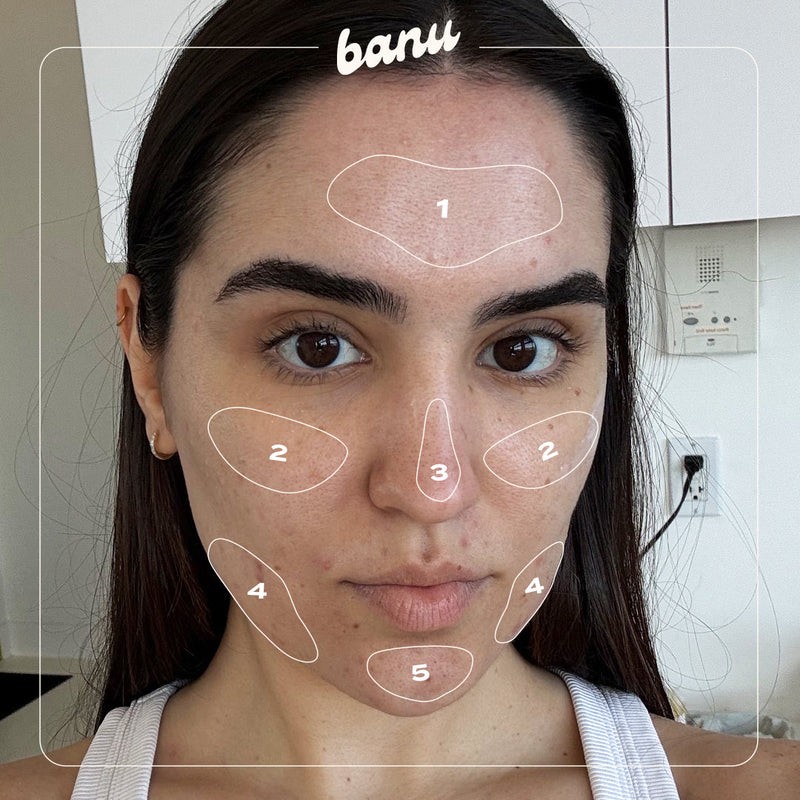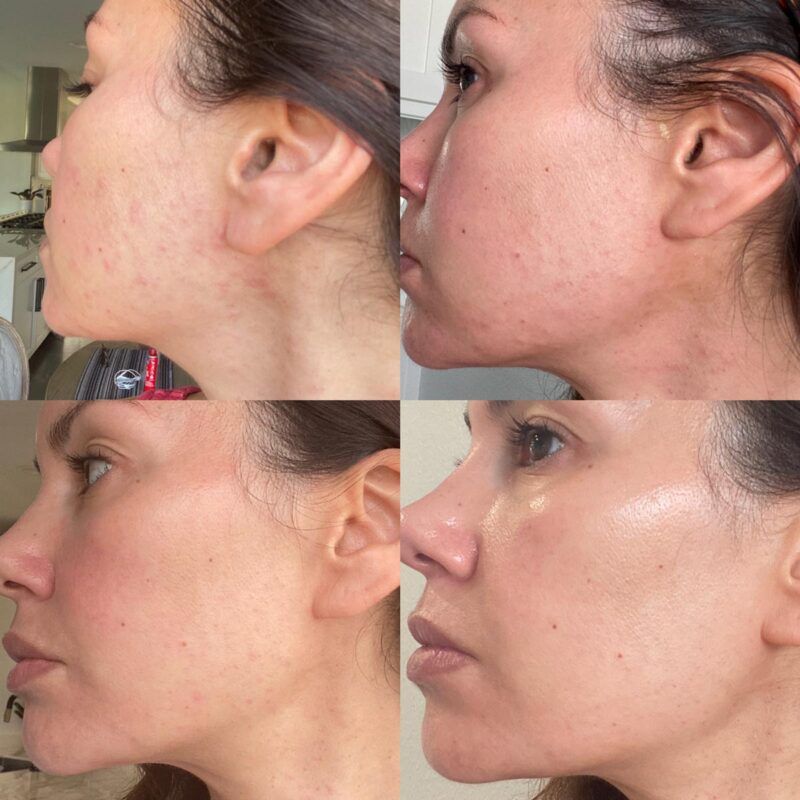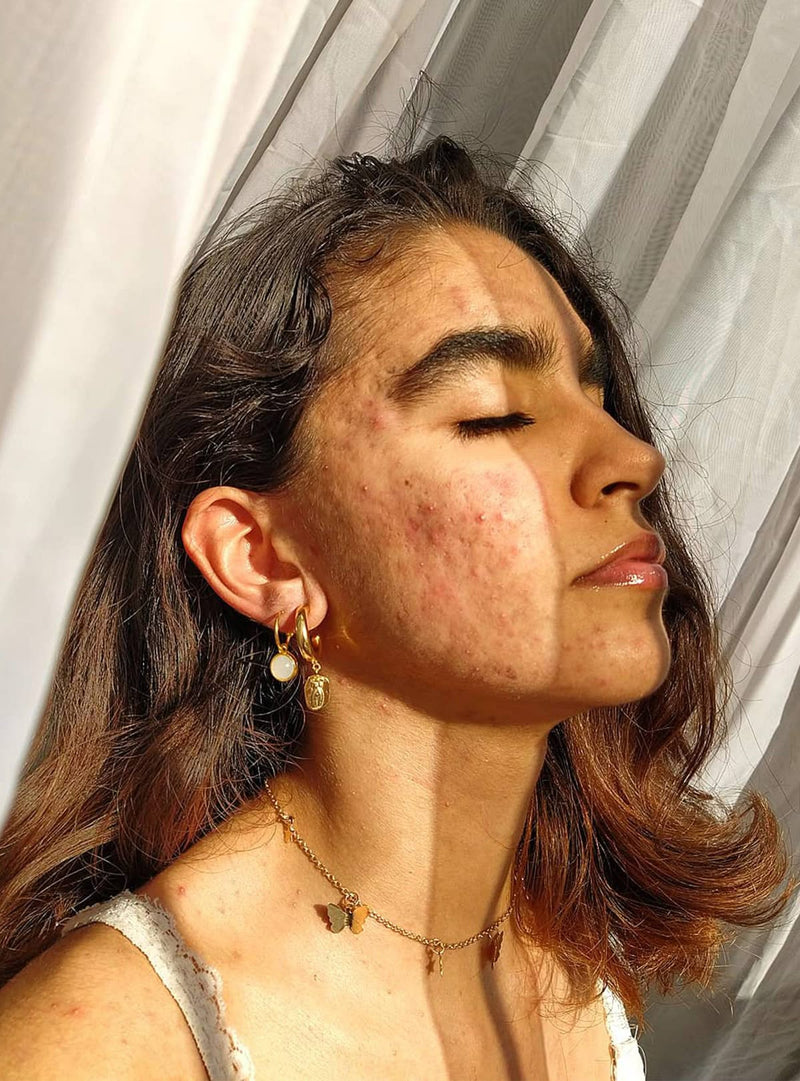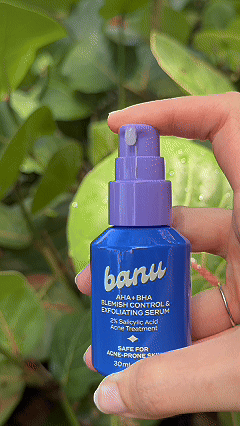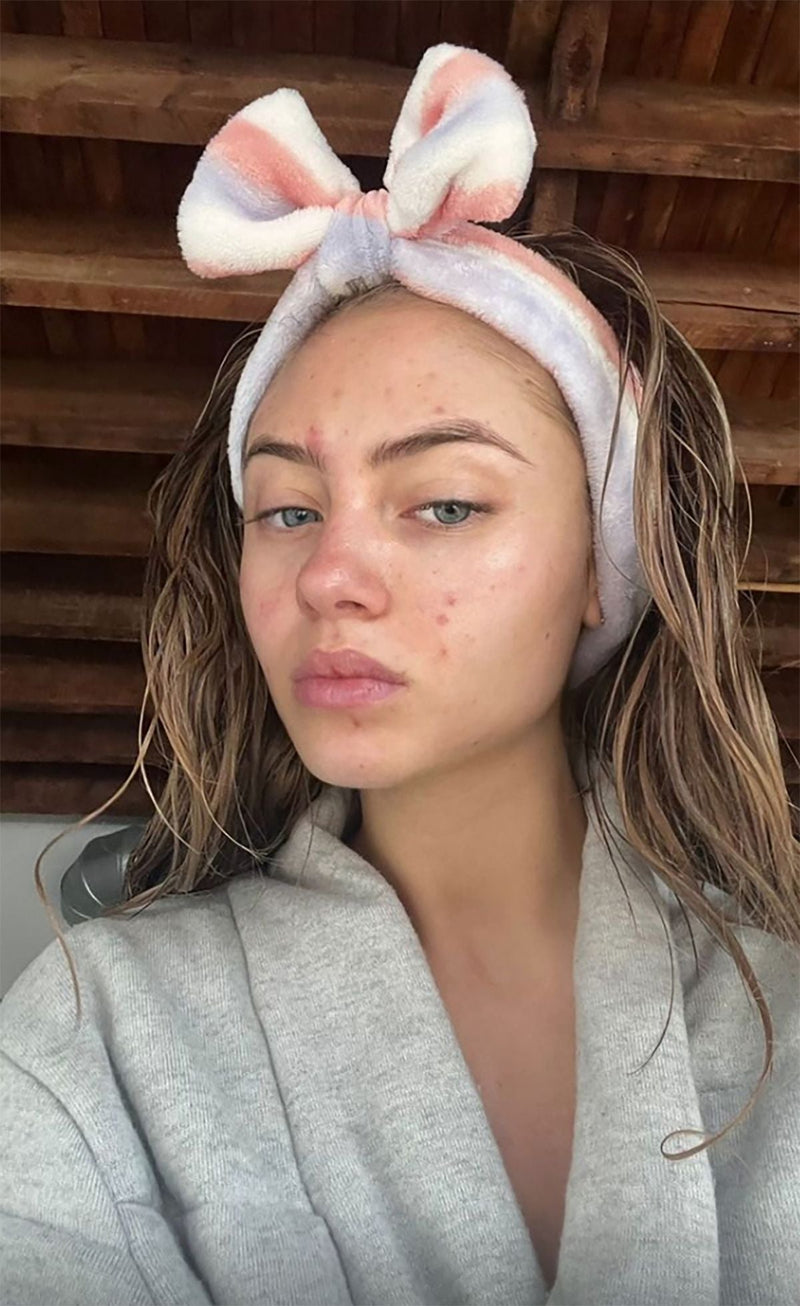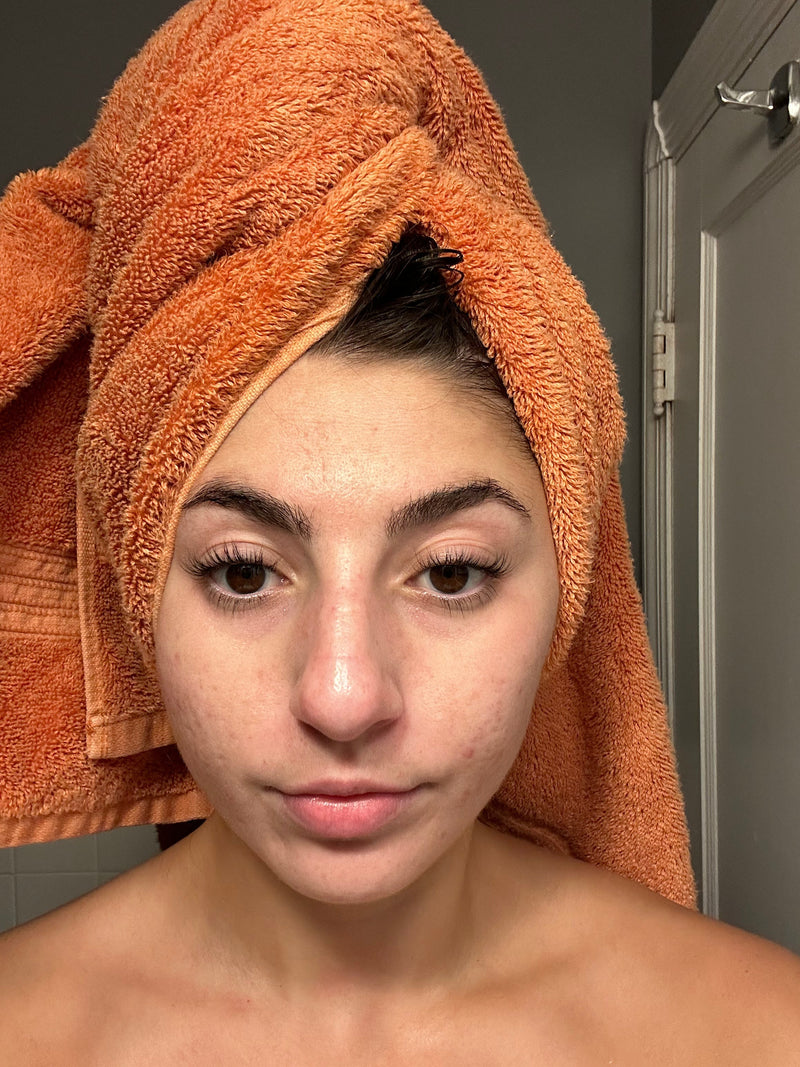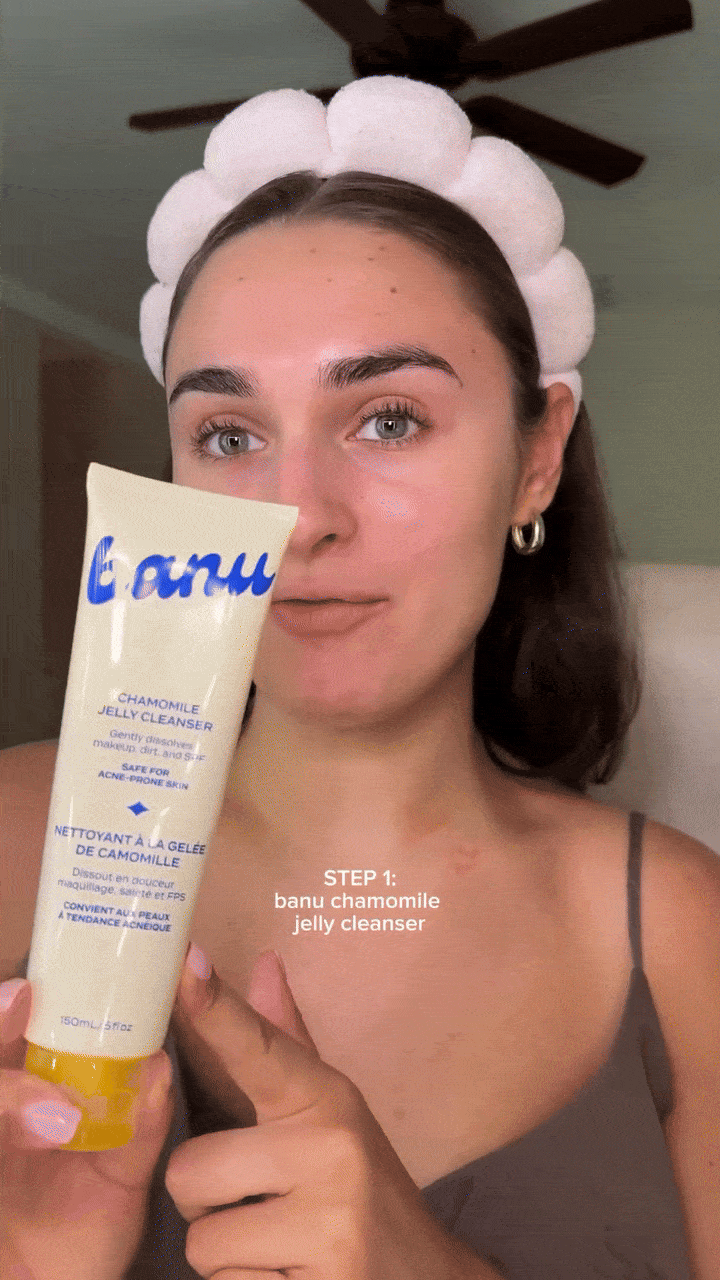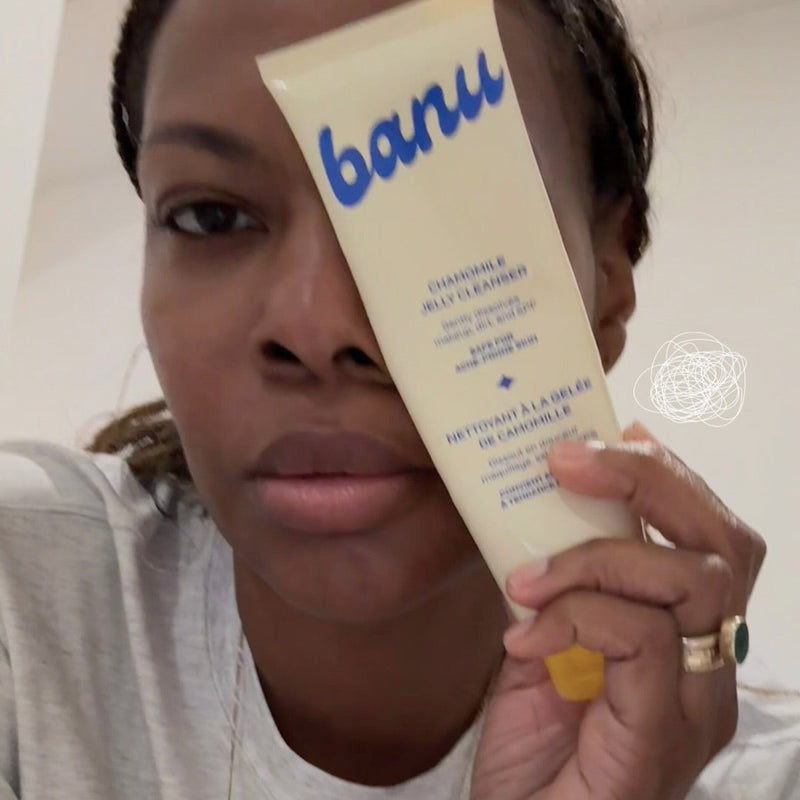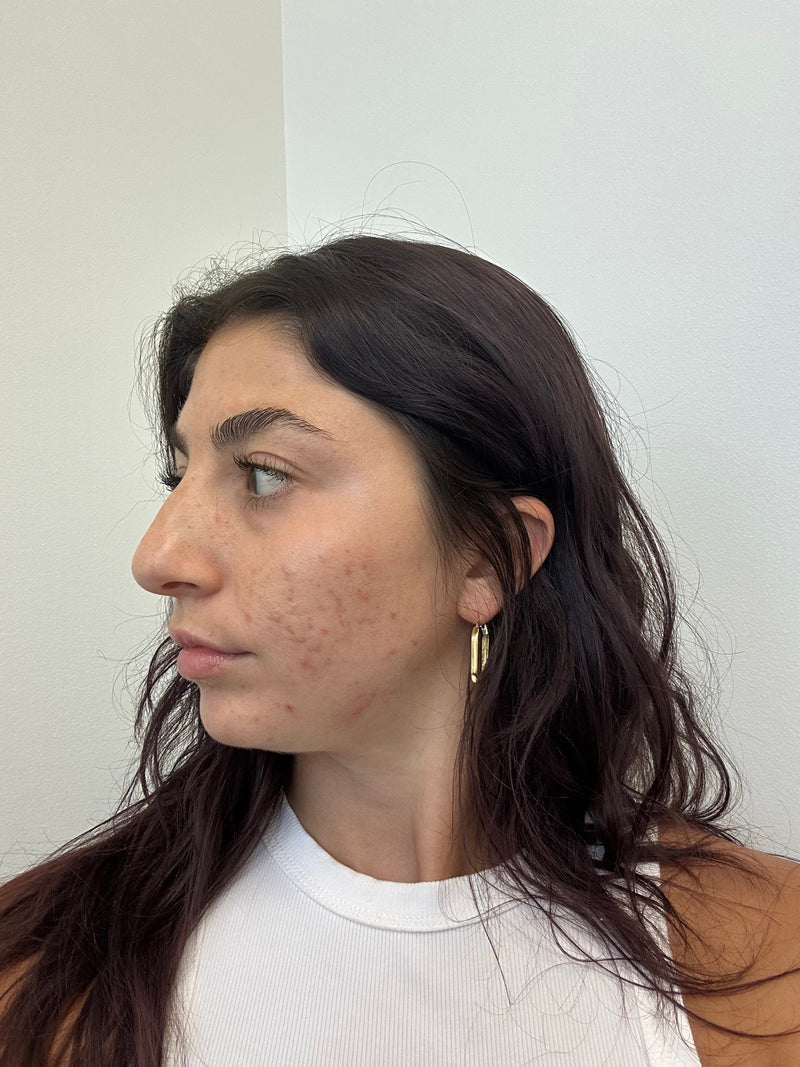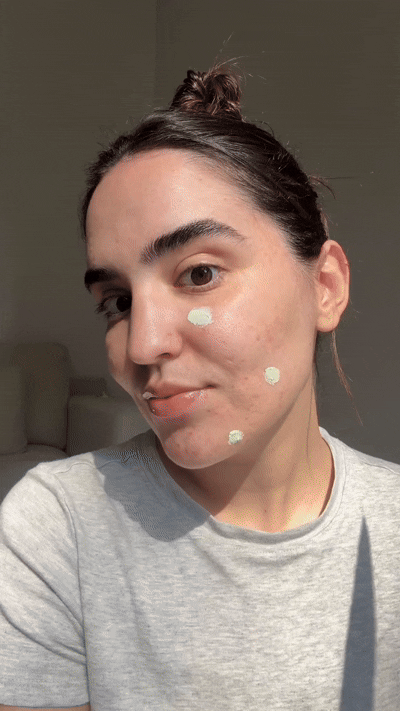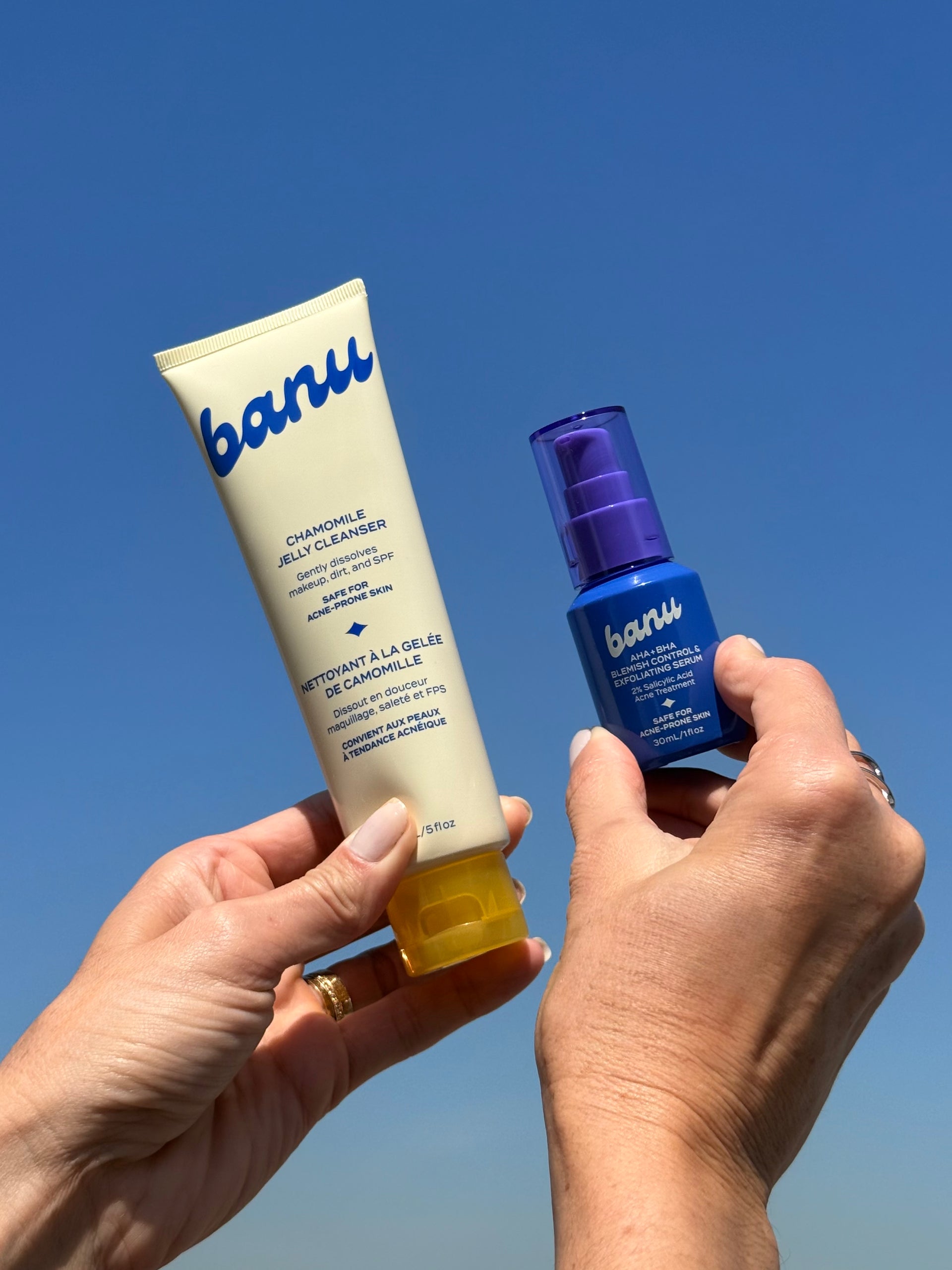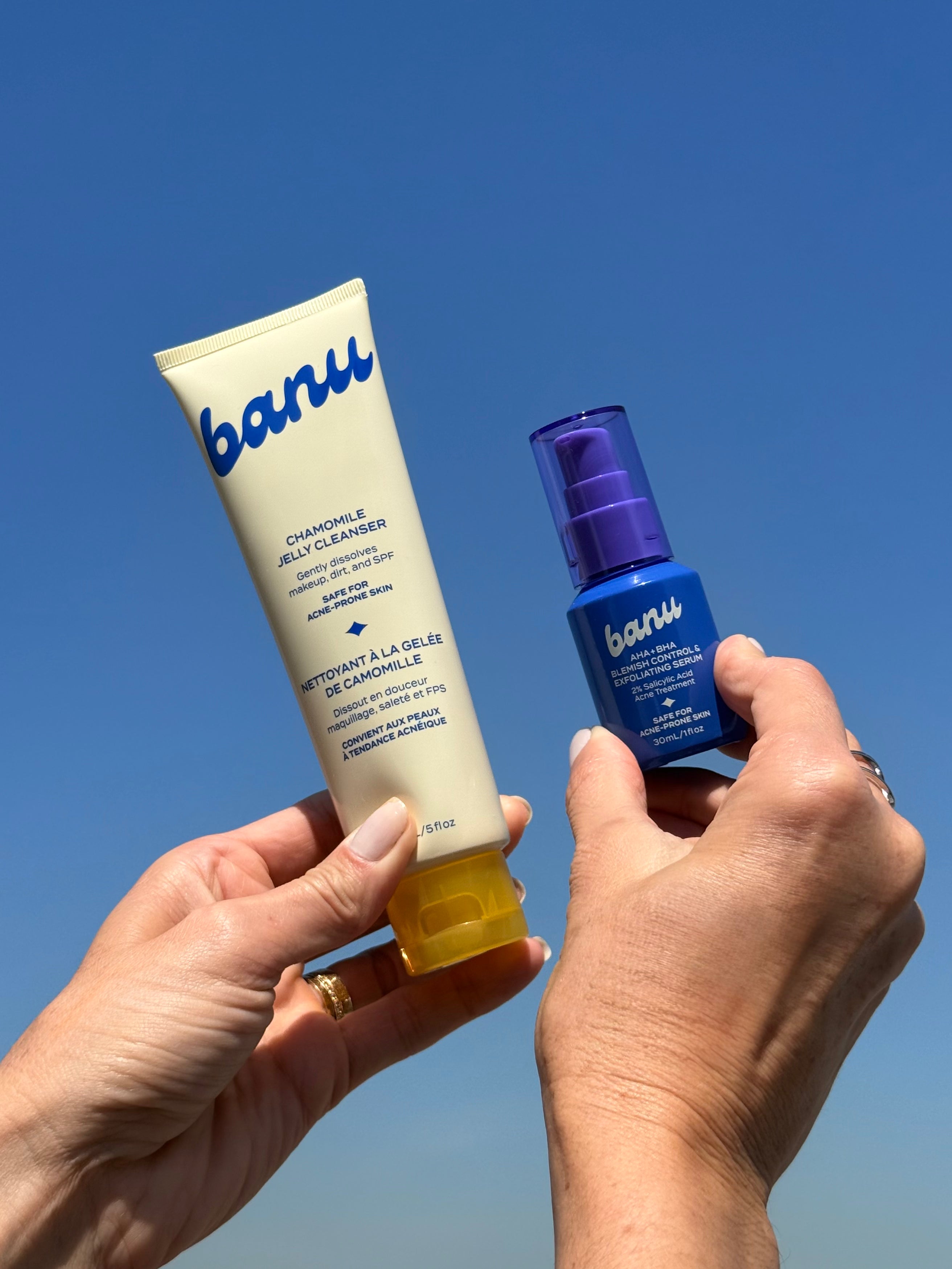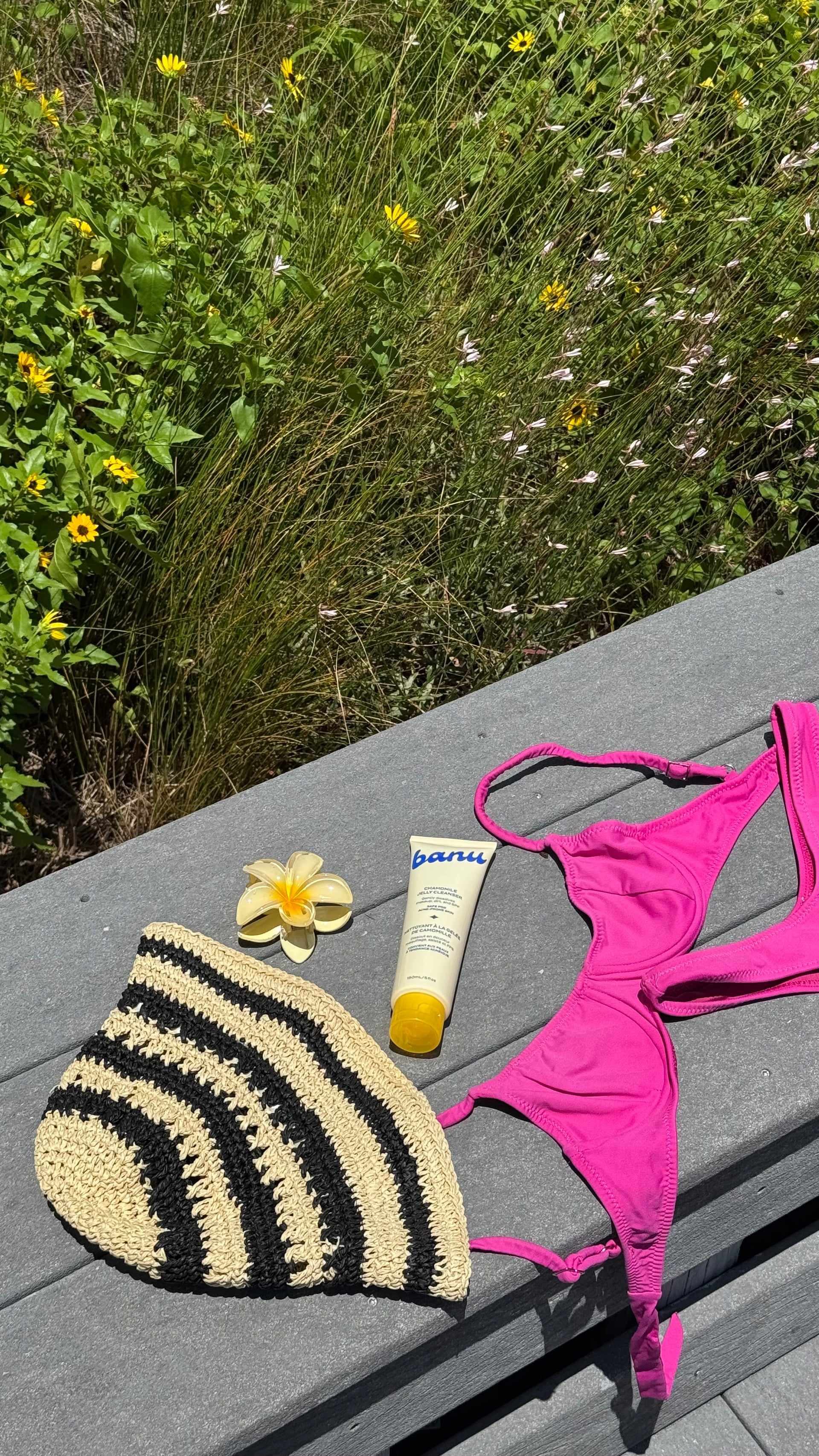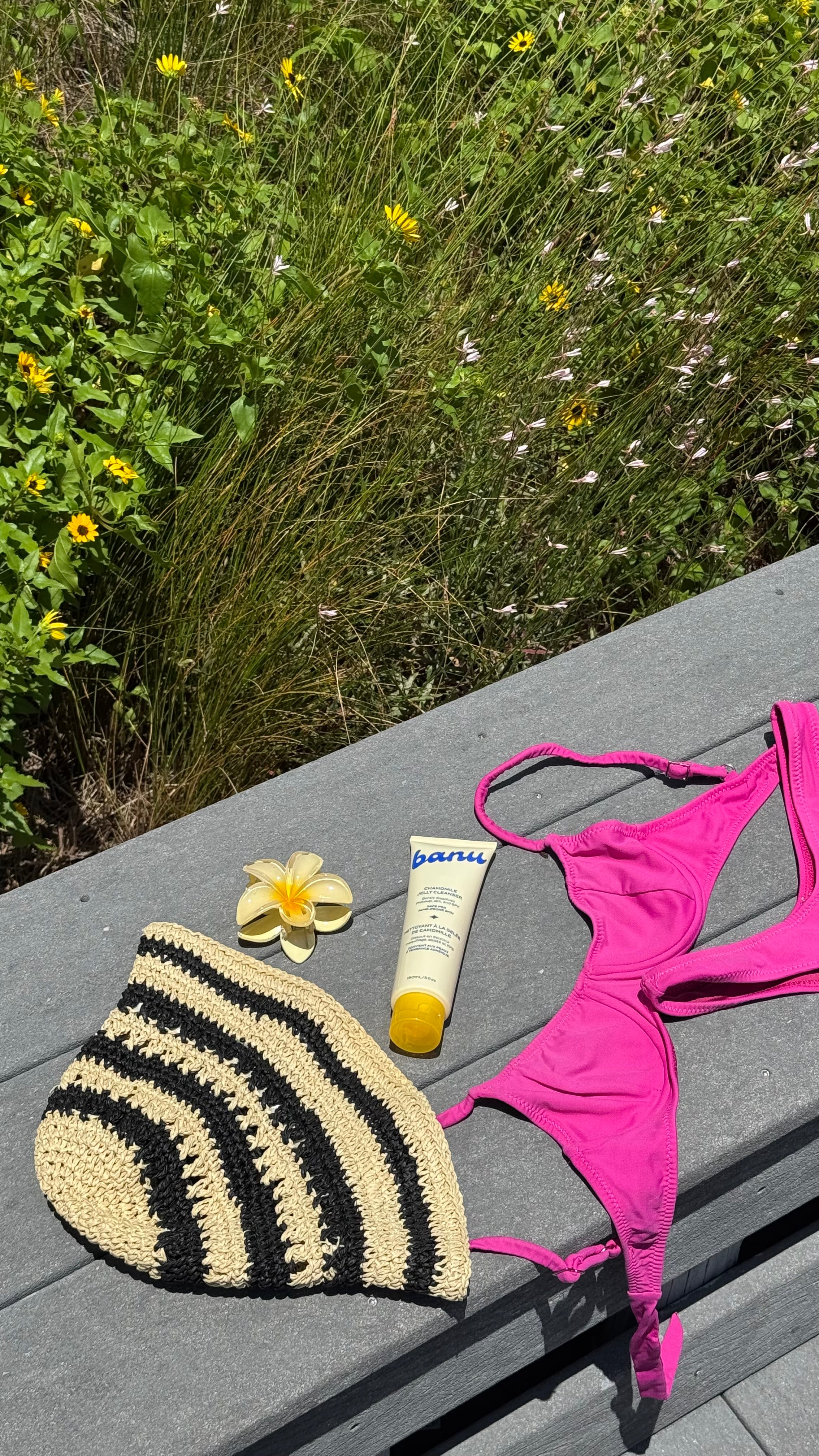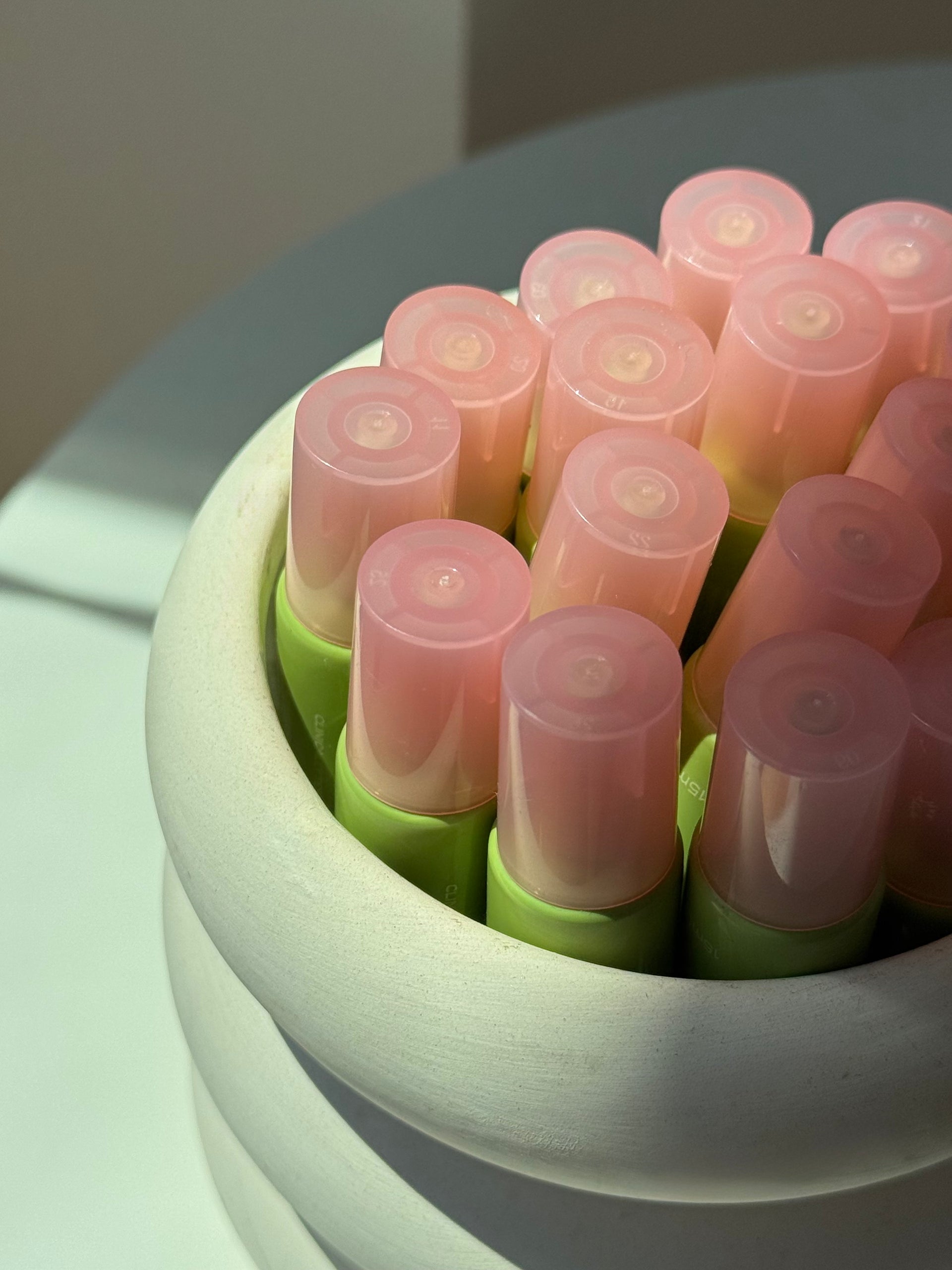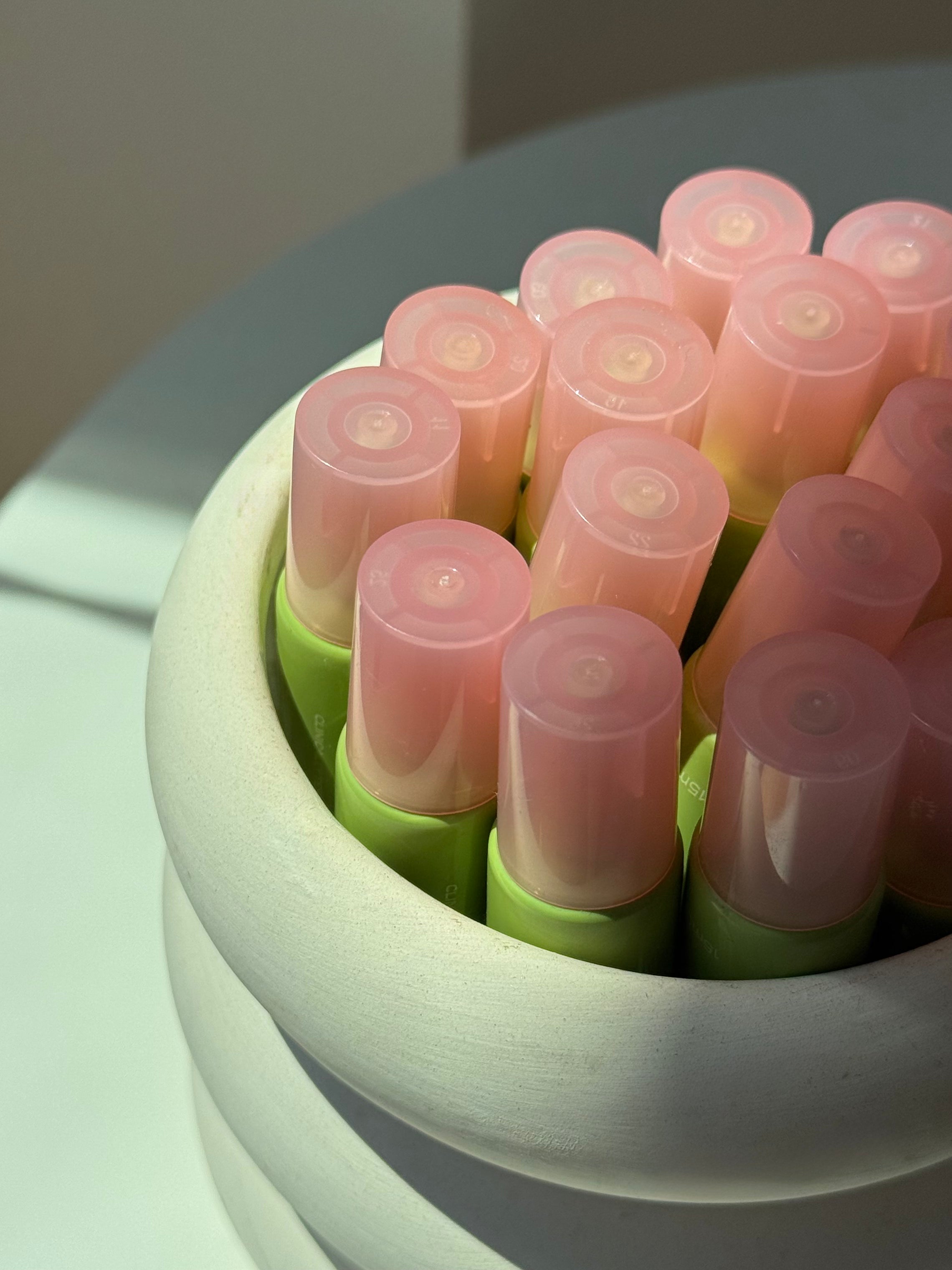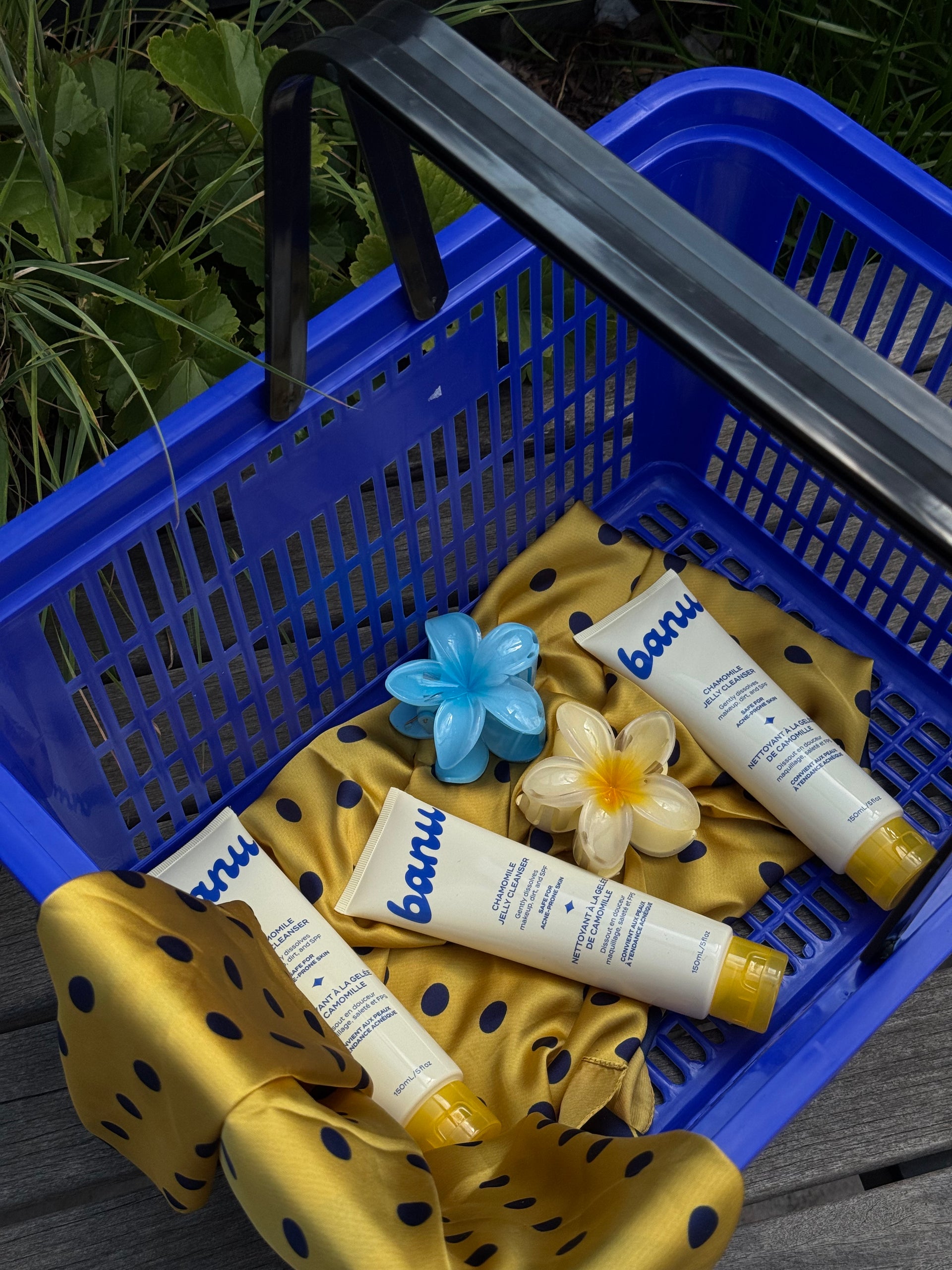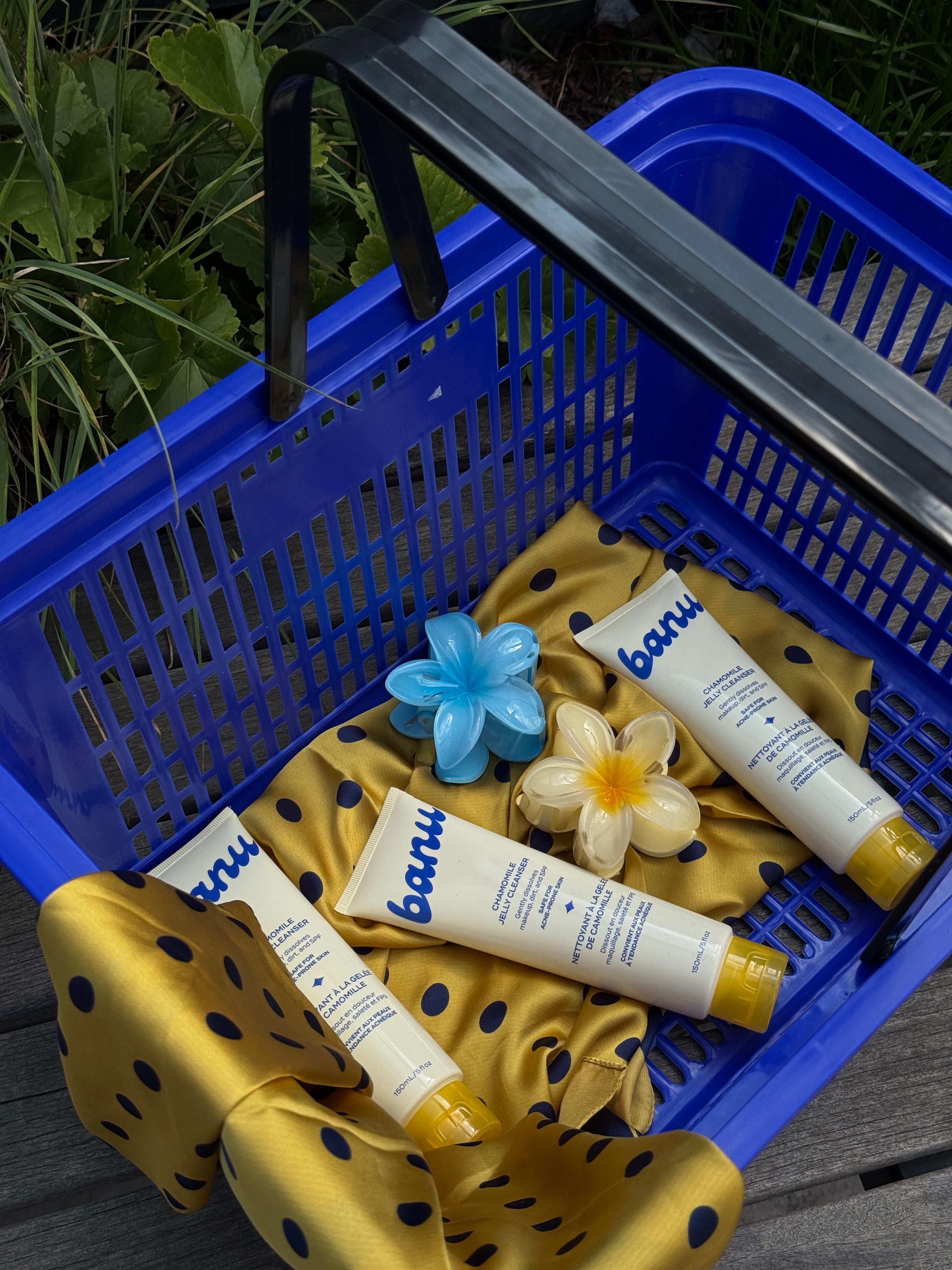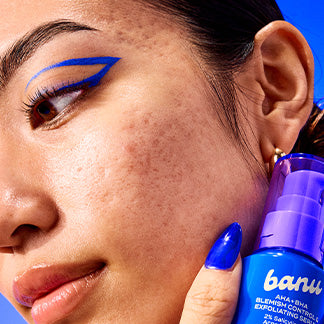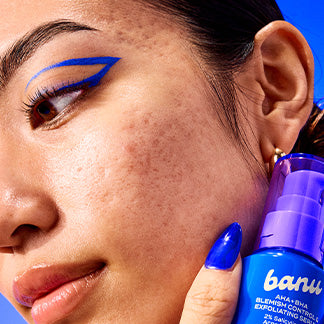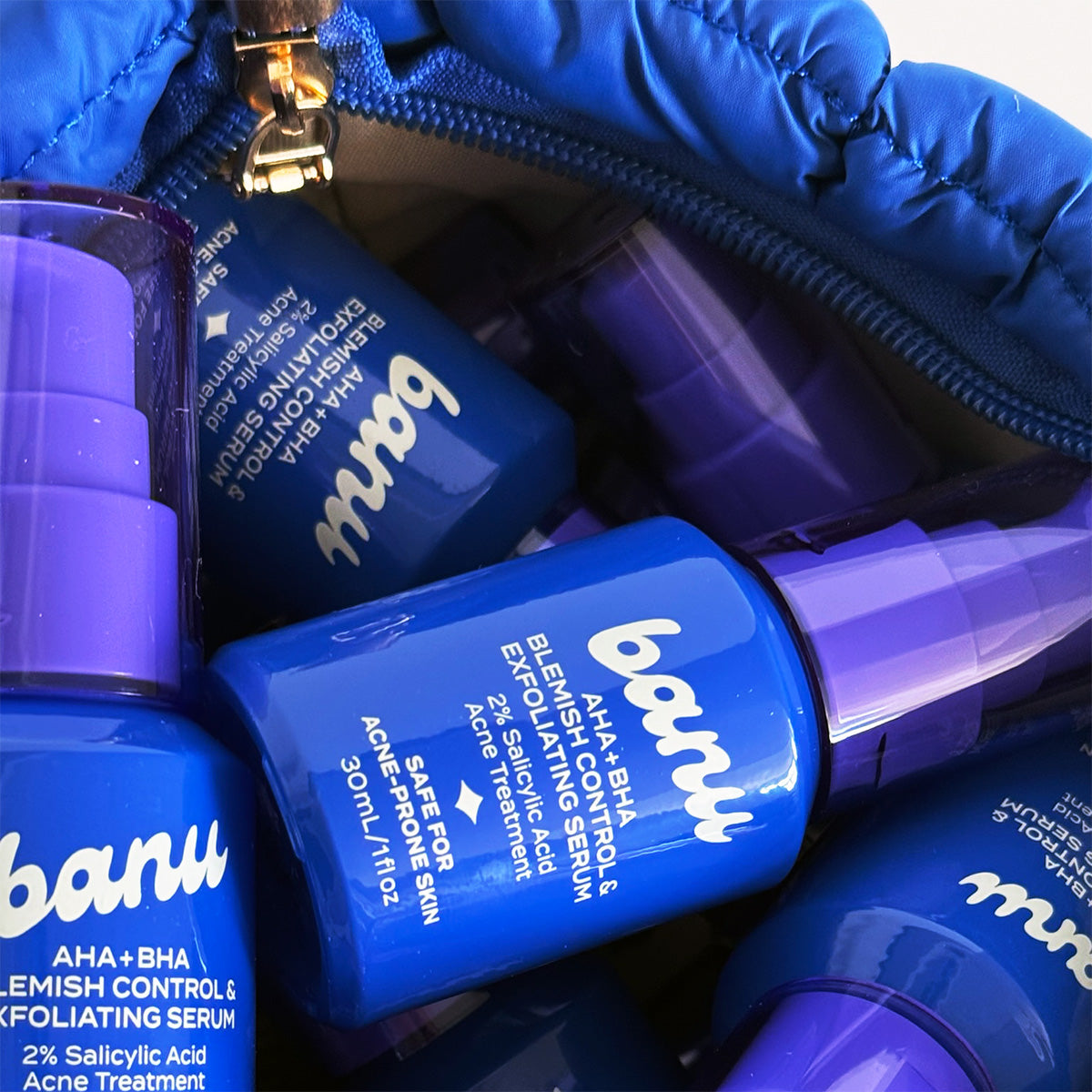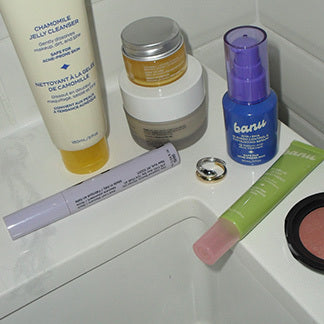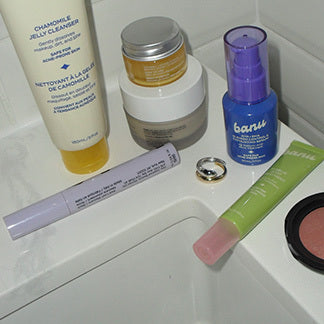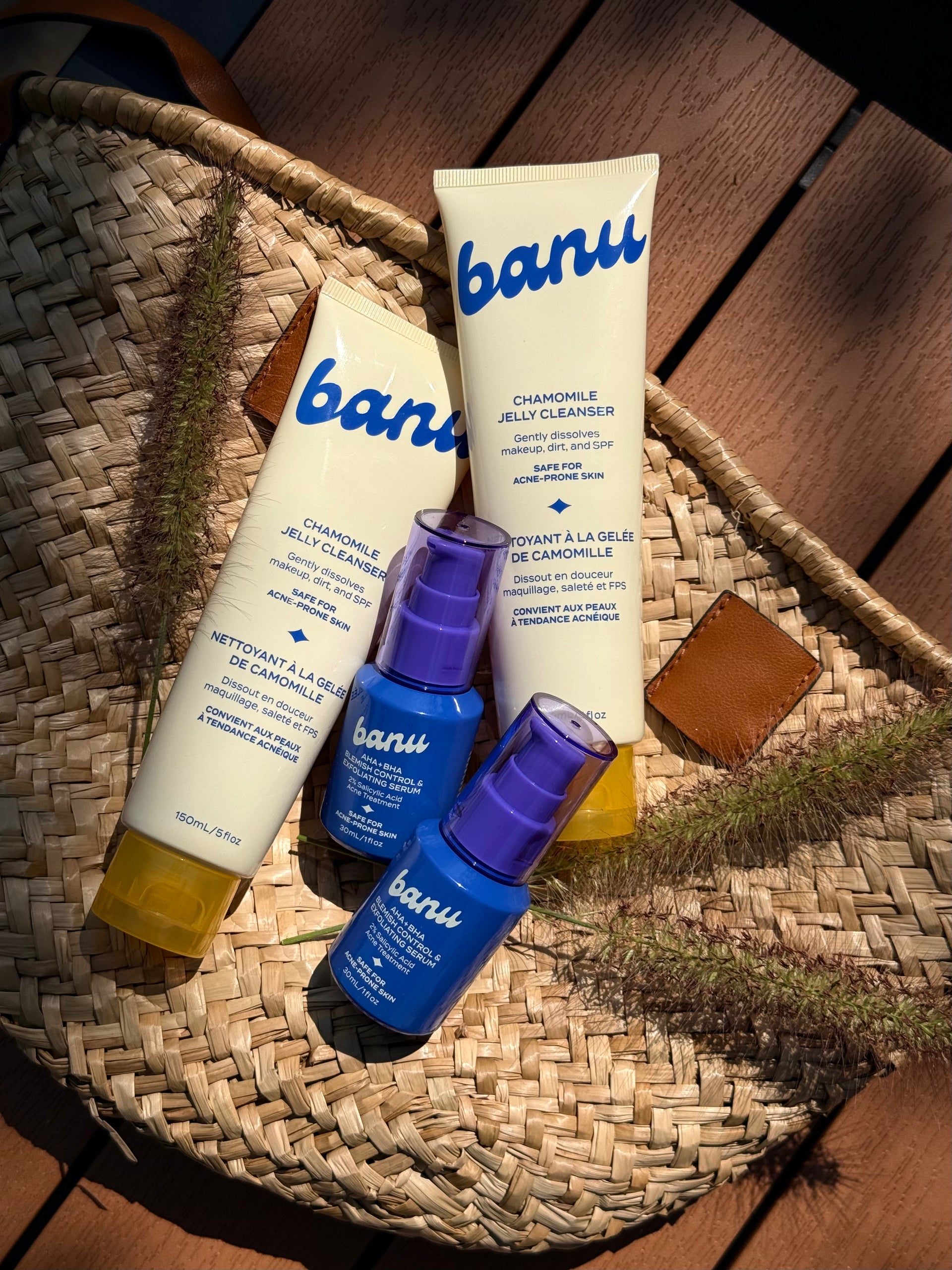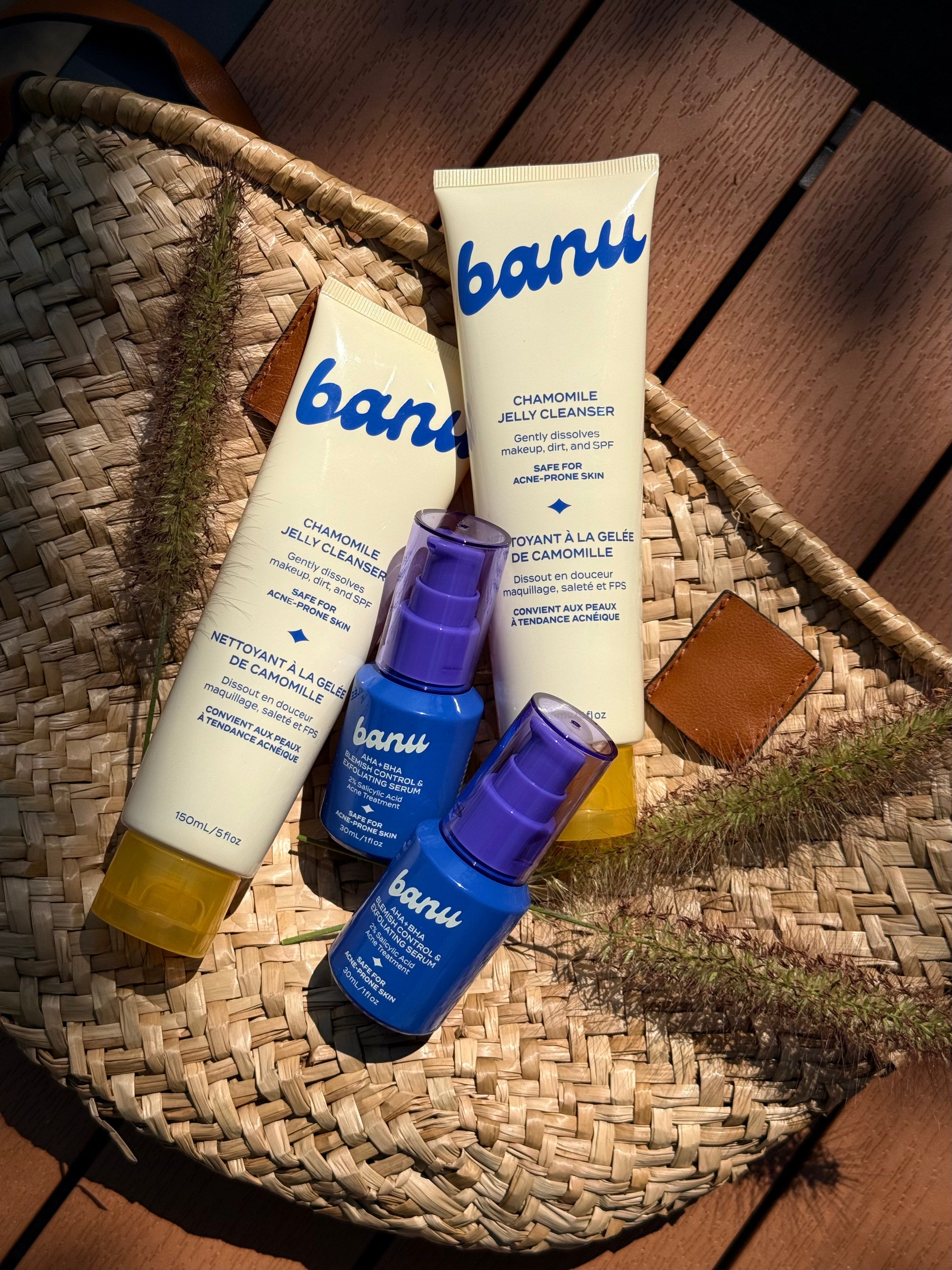Red Light Therapy: Does It Help with Acne?
12 March, 2025
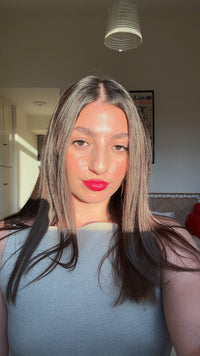
by Jenna Curcio
You’ve tried the spot treatments. You’ve nailed your skincare lineup. Maybe you’ve even cut back on dairy. And now your FYP is full of futuristic red light therapy devices that look like something straight out of a rave promising clearer skin.
But can this non-invasive acne treatment really help with one of the most common skin conditions out there?
The short answer: Yes, it can. But like most treatments, it’s not a miracle fix — it’s a tool. Here’s what to know about red light therapy (RLT) and how to integrate it into your acne-care routine.
What is Red Light Therapy?
Red light therapy is a non-invasive treatment that uses low-level LED light to stimulate your skin cells. That light (usually red or near-infrared) signals your skin to repair itself — speeding up healing, calming inflammation, and encouraging collagen production.
It was first studied for wound healing. Now it’s quite literally everywhere — from derm offices to at-home red light therapy devices you can use while watching Love Island.
The key benefits of red light therapy devices? You ask, we deliver.
-
Helps calm active breakouts
-
Reduces redness + inflammation
-
Softens the look of fine lines
-
Encourages smoother skin texture
-
Supports healthy collagen production over time
And yes — it’s generally safe for acne-prone skin. Just start slow, especially if your skin runs sensitive.
Why It’s Worth Trying (Especially At Home)
Professional treatments are great, but pricey over time. That’s where at-home red light therapy devices come in. They’re more accessible, user-friendly, and ideal for people who like skincare routines that work with real life.
We really like the one from Dr. Dennis Gross, as it comes highly recommended by derms.
Most devices suggest 2–3 uses per week. You'll want to give it a few weeks to see visible results — this isn’t an overnight thing. But when used consistently (and paired with the right skincare), it can absolutely support progress.
Think of it this way: red light therapy = setting your skin up for success. It helps your skin do what it’s already trying to do — heal, balance, and rebuild.
A Few Tips to Get the Most Out of Red Light
-
Stay consistent. At-home red light devices work best with regular use. Try 2–3x per week for a few months.
-
Don’t stack too many actives. Alternate exfoliants and retinoids with light sessions instead of piling them all on the same night.
-
Hydrate and protect. Red light doesn’t increase sun sensitivity, but daily SPF is still non-negotiable. Plus, hydrated skin = better barrier = better results.
-
Support your skin from the inside out. Sleep. Water. Fiber. The basics matter. Skin isn’t just what you put on it, it's also what you give it space to do.
-
Track your progress. Before-and-after pics help. So does writing down when you use the device. Progress can be subtle, until it’s not.
To Wrap This Up
Red light therapy isn’t just a trend — it’s a legit, research-backed way to support your skin’s healing process. Especially if you’re dealing with breakouts, texture, or fine lines, the benefits of red light therapy are real.
Used consistently, it can be a helpful, barrier-friendly part of your acne routine — especially when paired with acne-safe basics, which we’ve got you covered for.
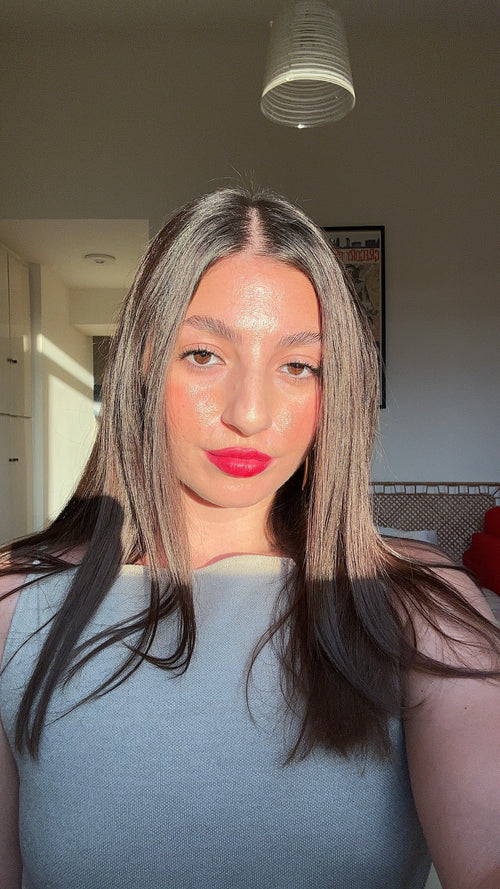
Author
Jenna Curcio
Ciao, I’m Jenna :) I’m a writer and brand strategist with 6+ years of experience telling stories in the beauty world — both professionally and personally. After years of dealing with acne, I know how overwhelming and emotional the skincare journey can be. I’m here to make it feel a little less confusing and a lot more human.



